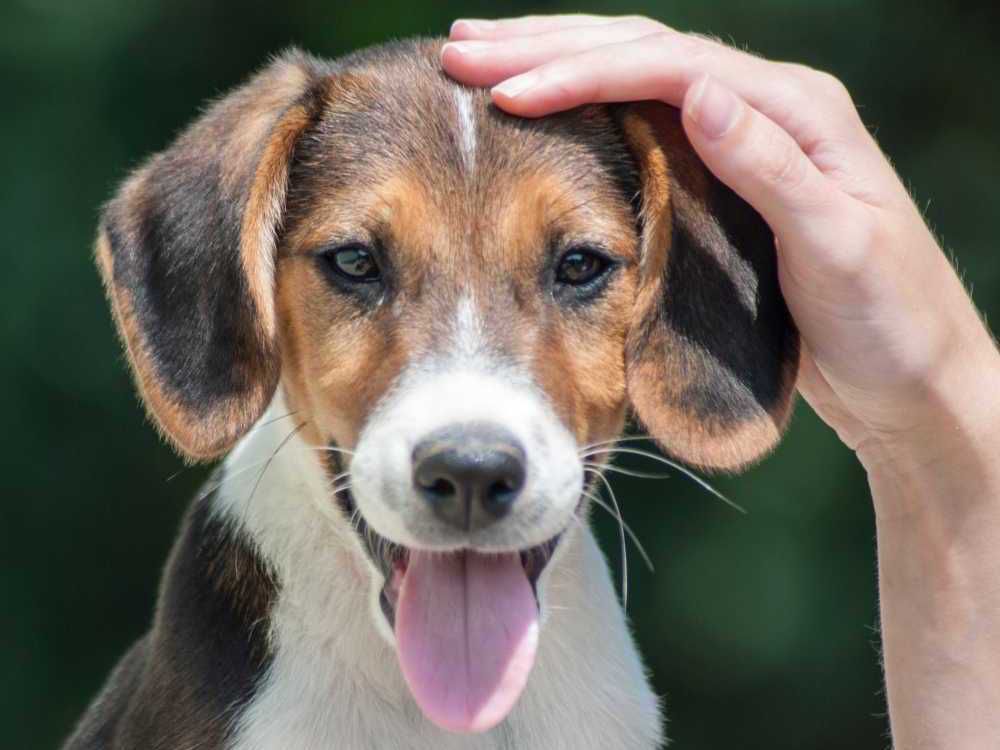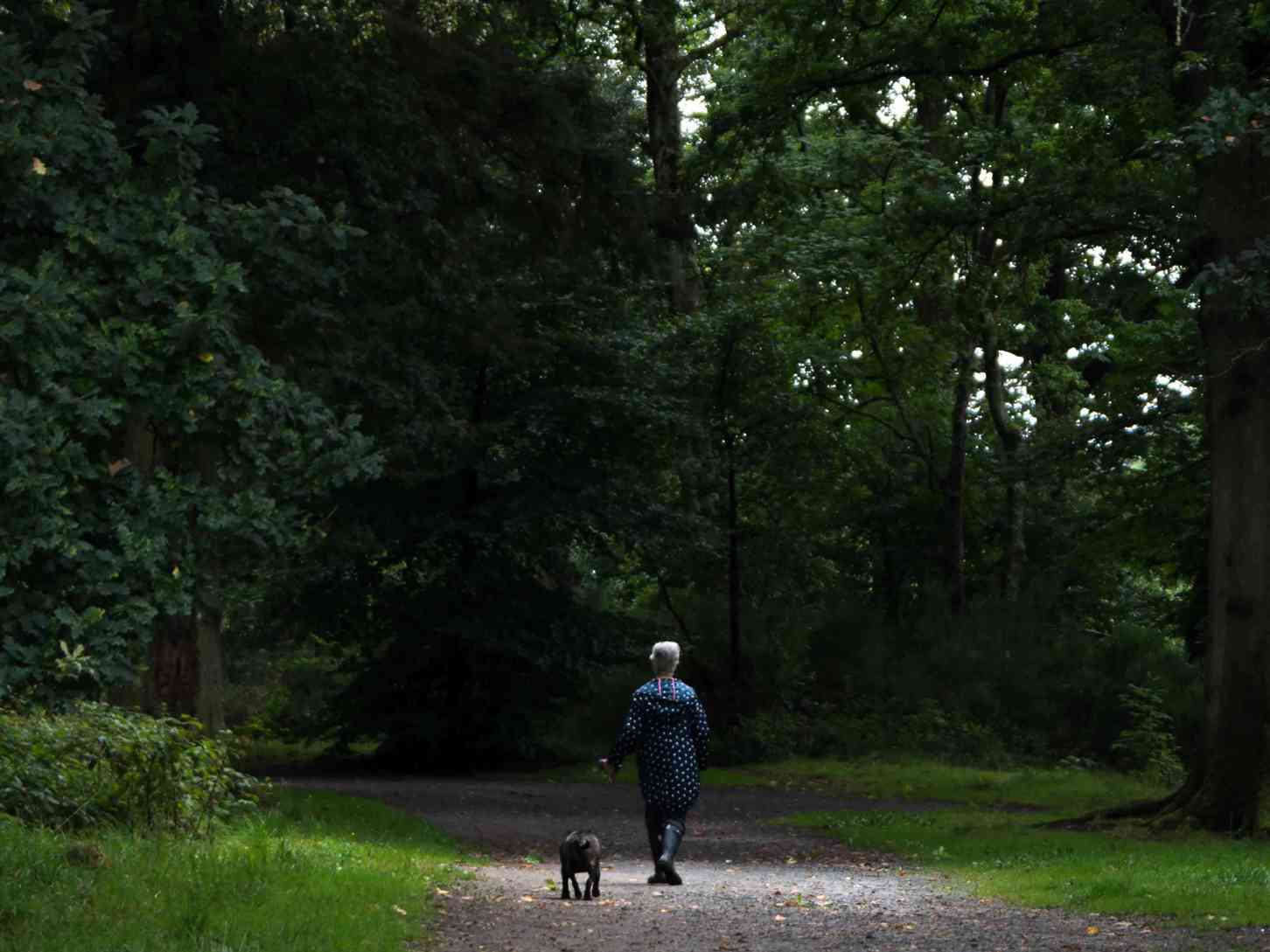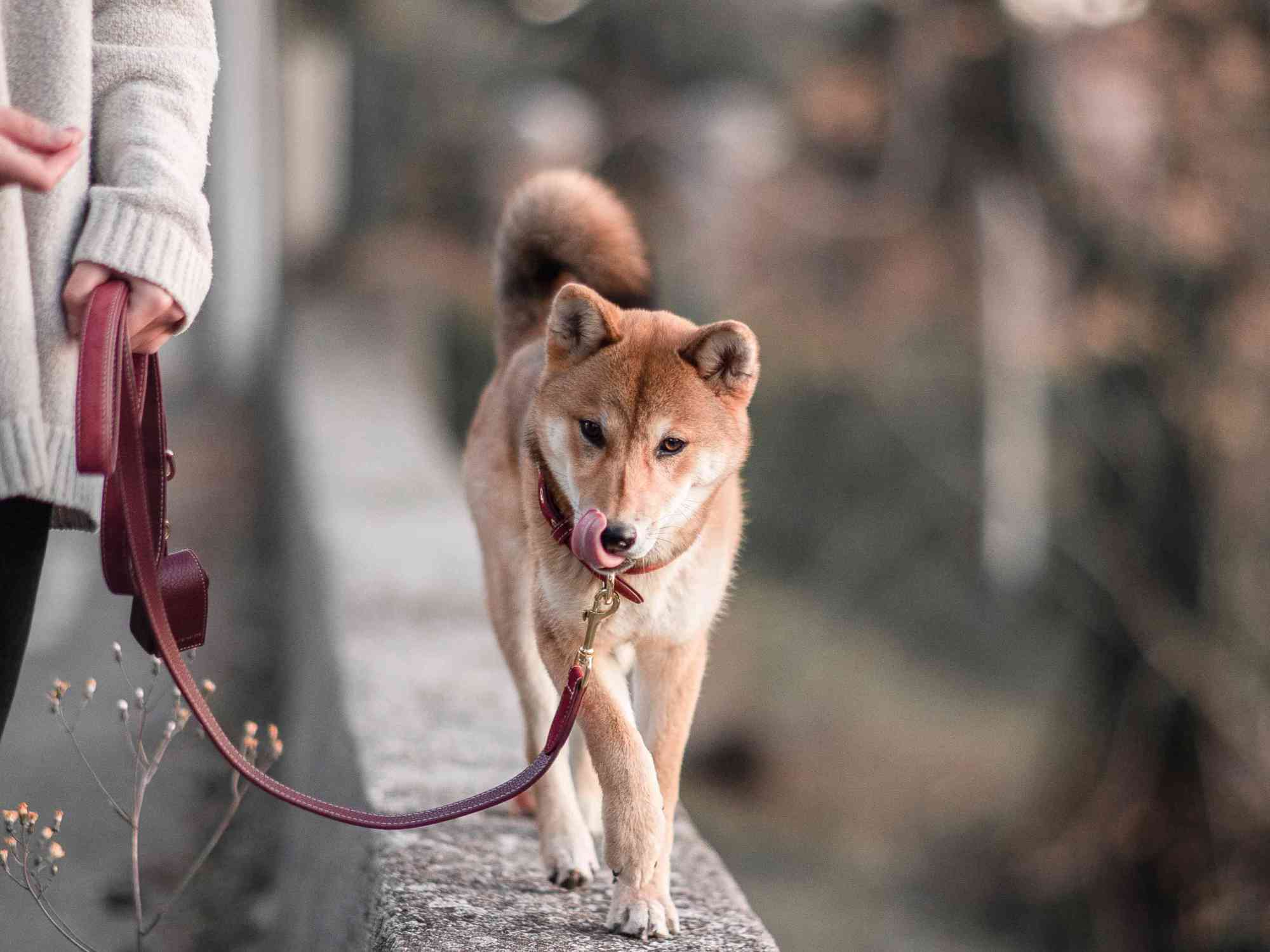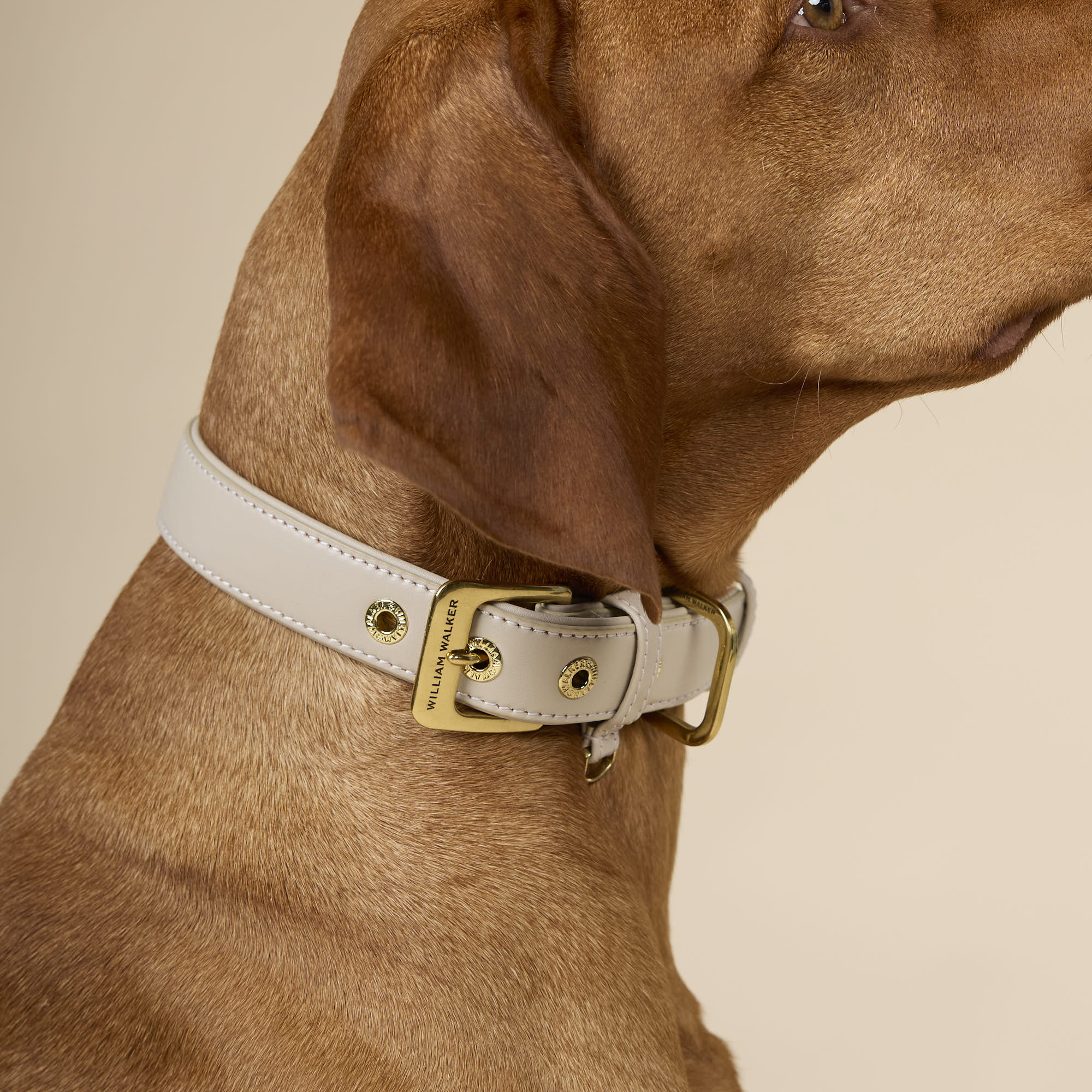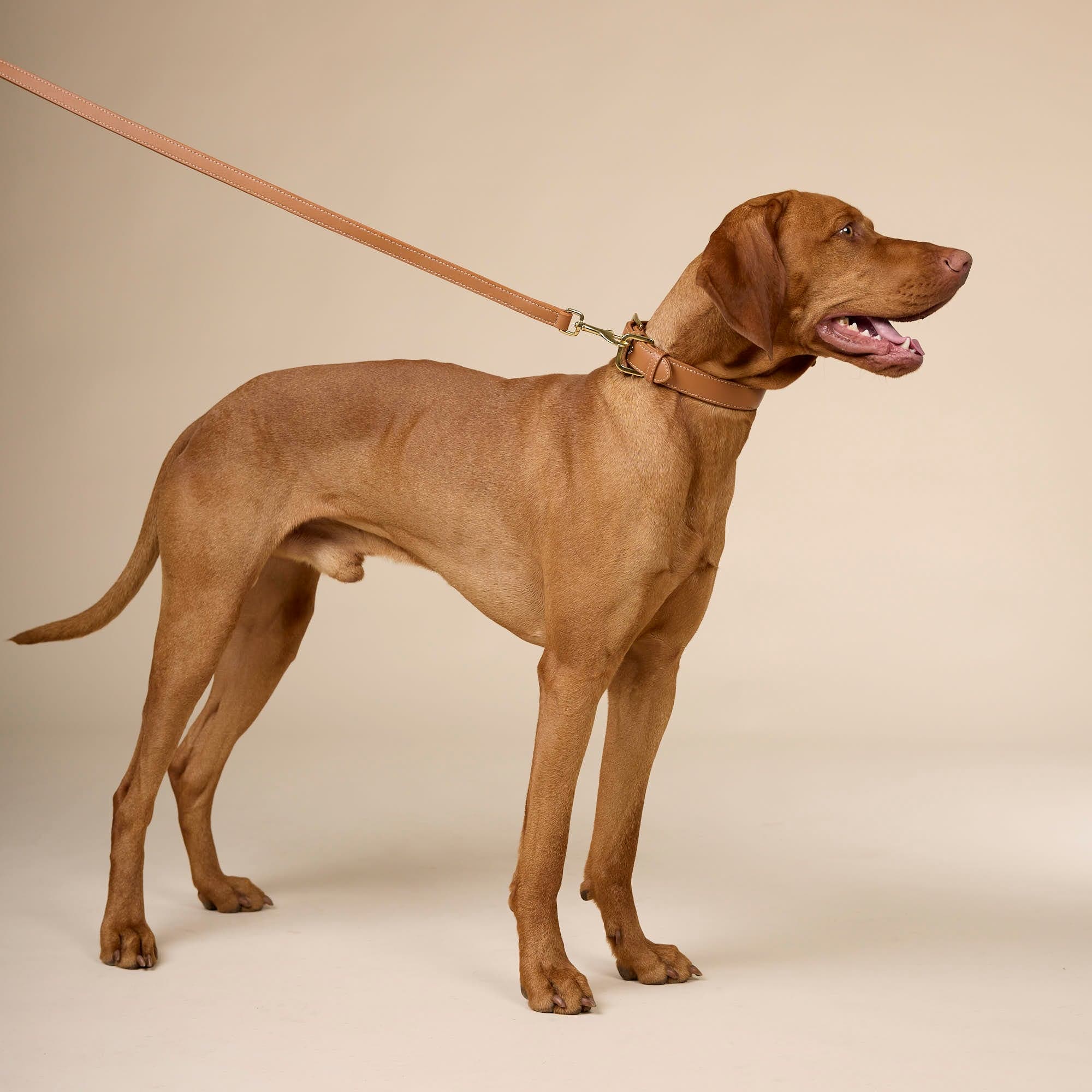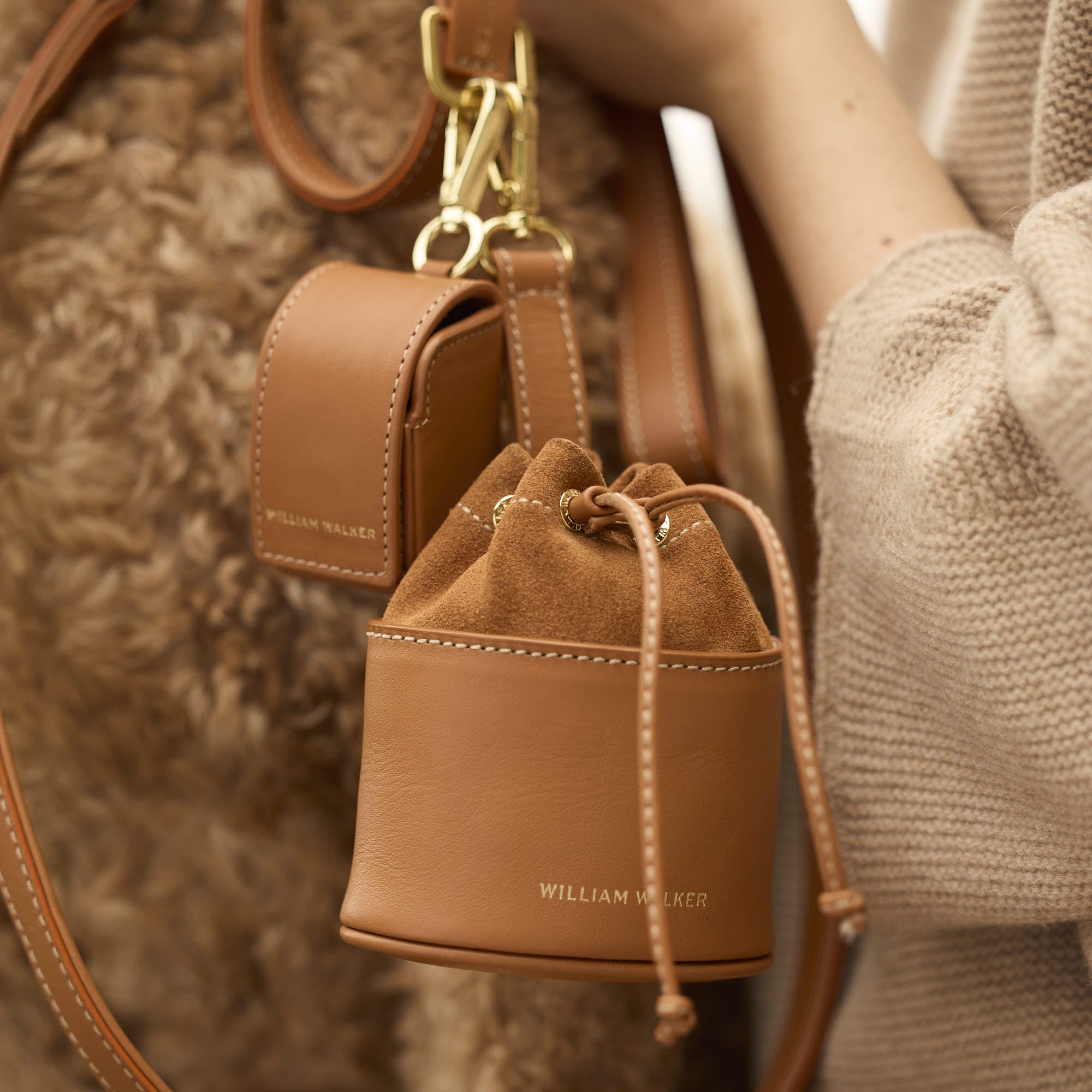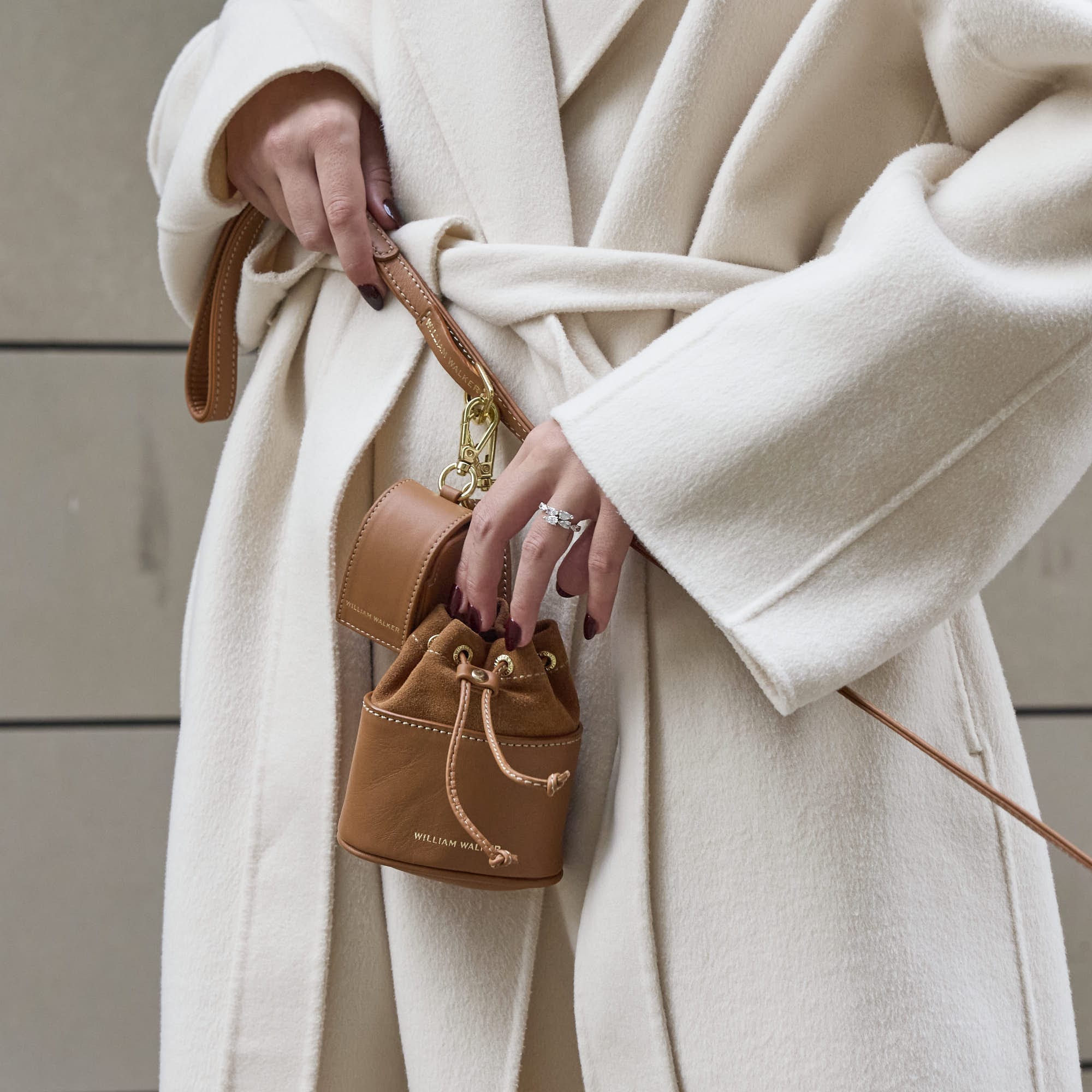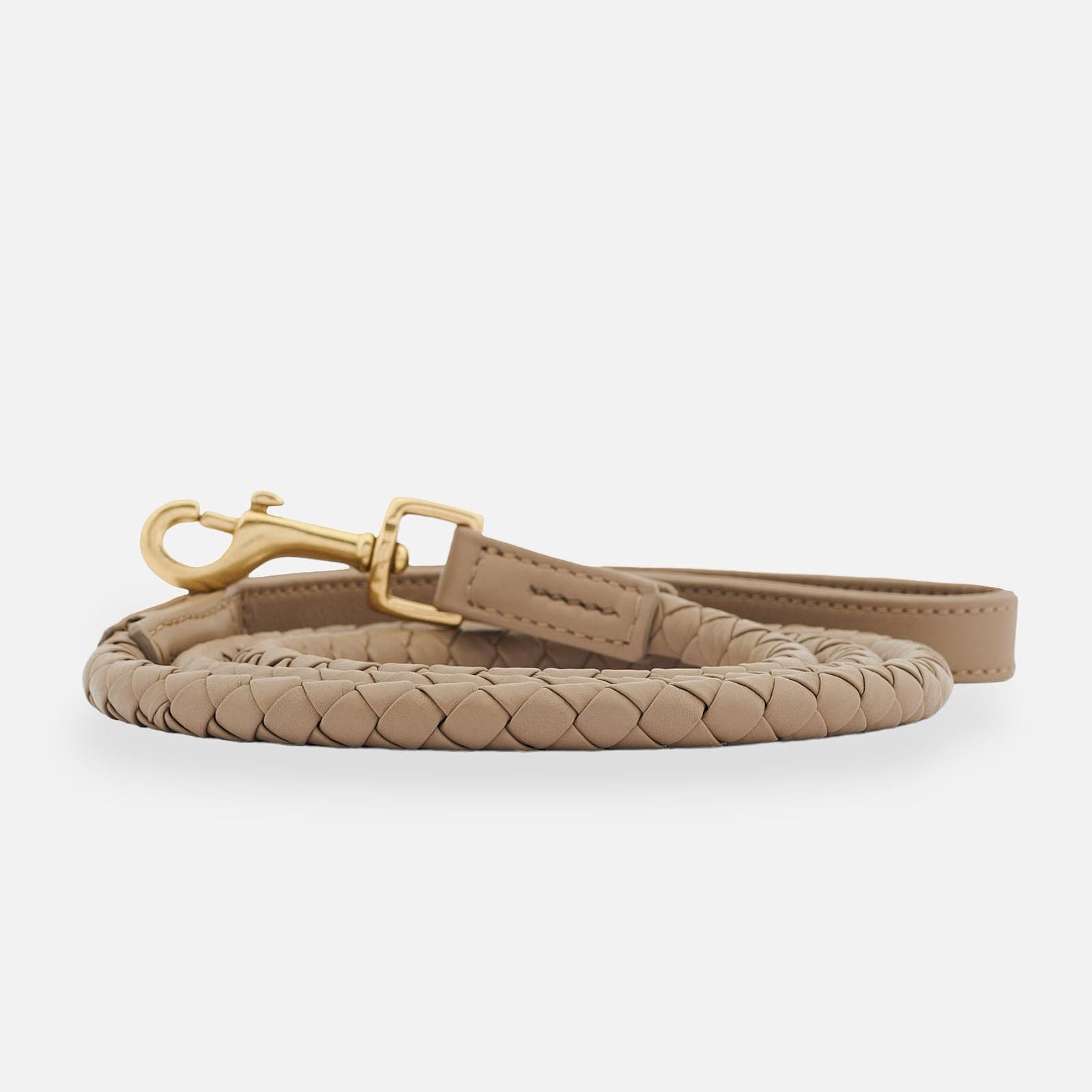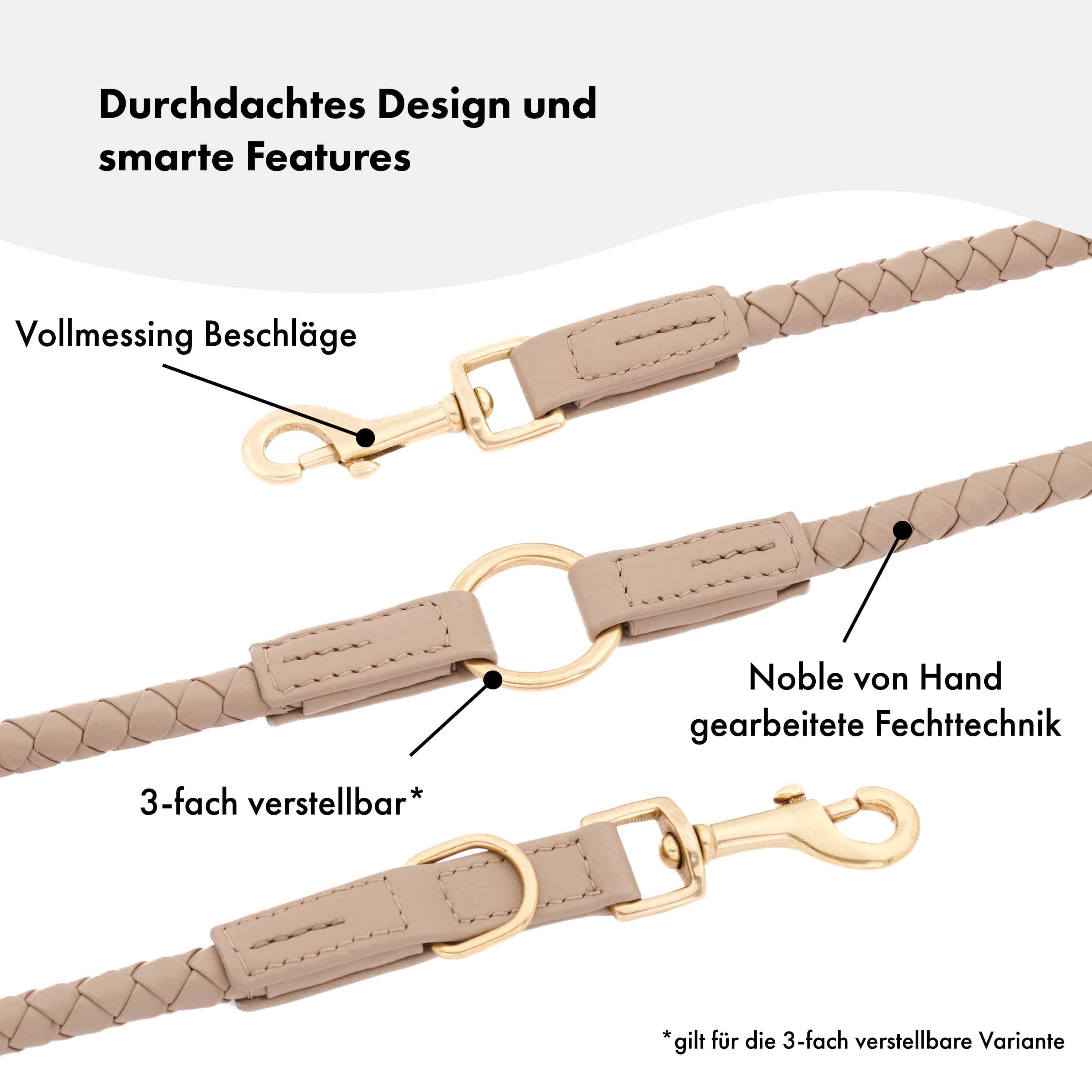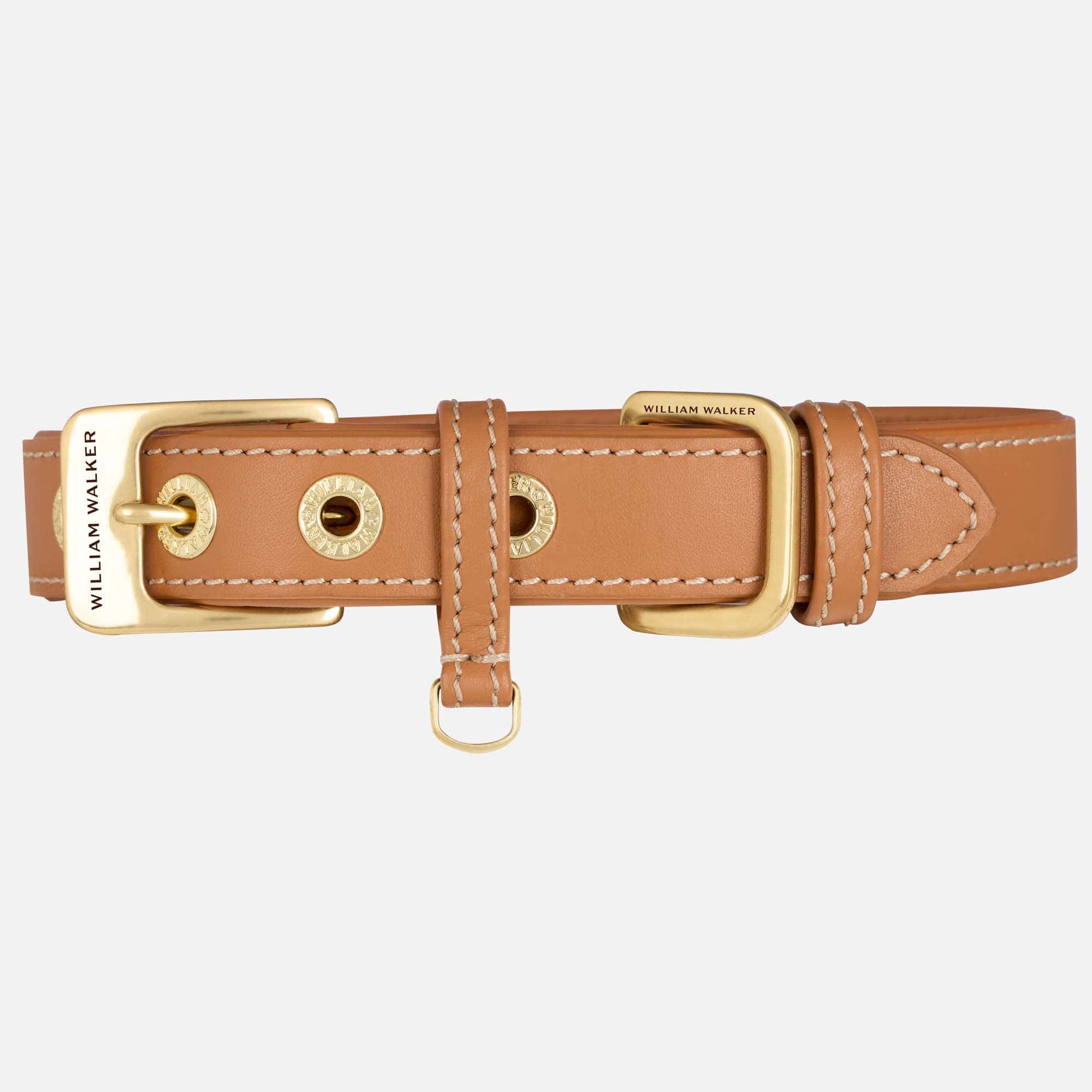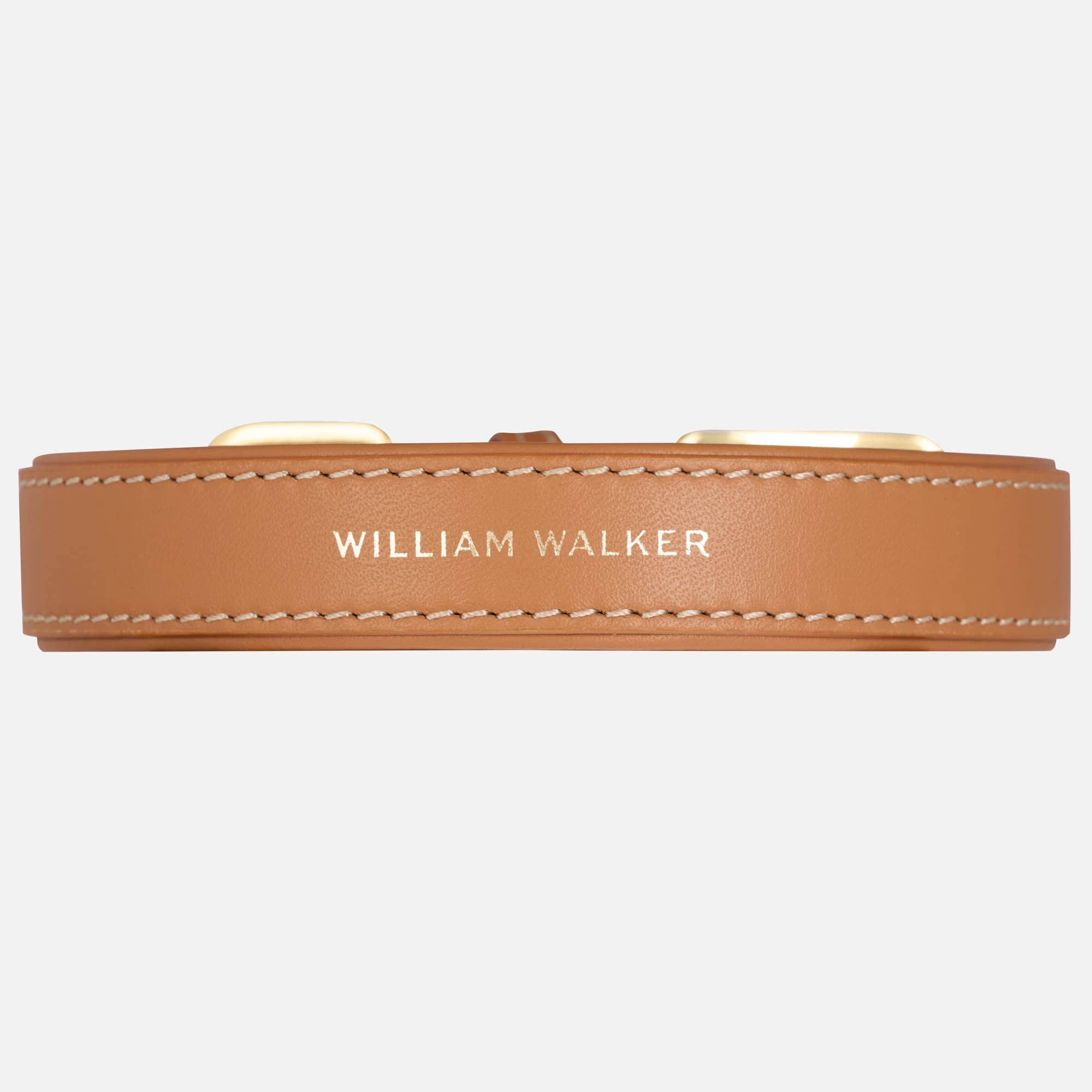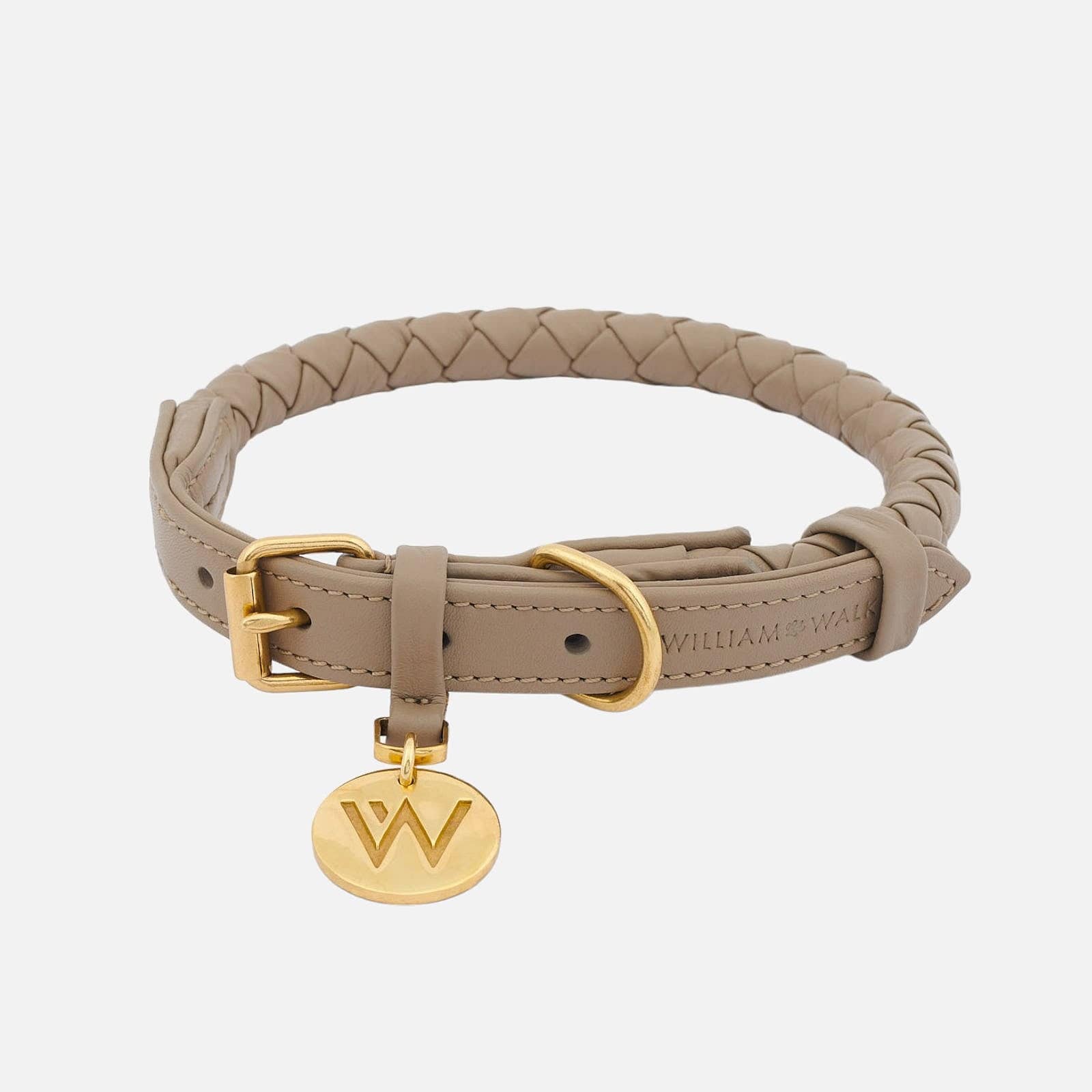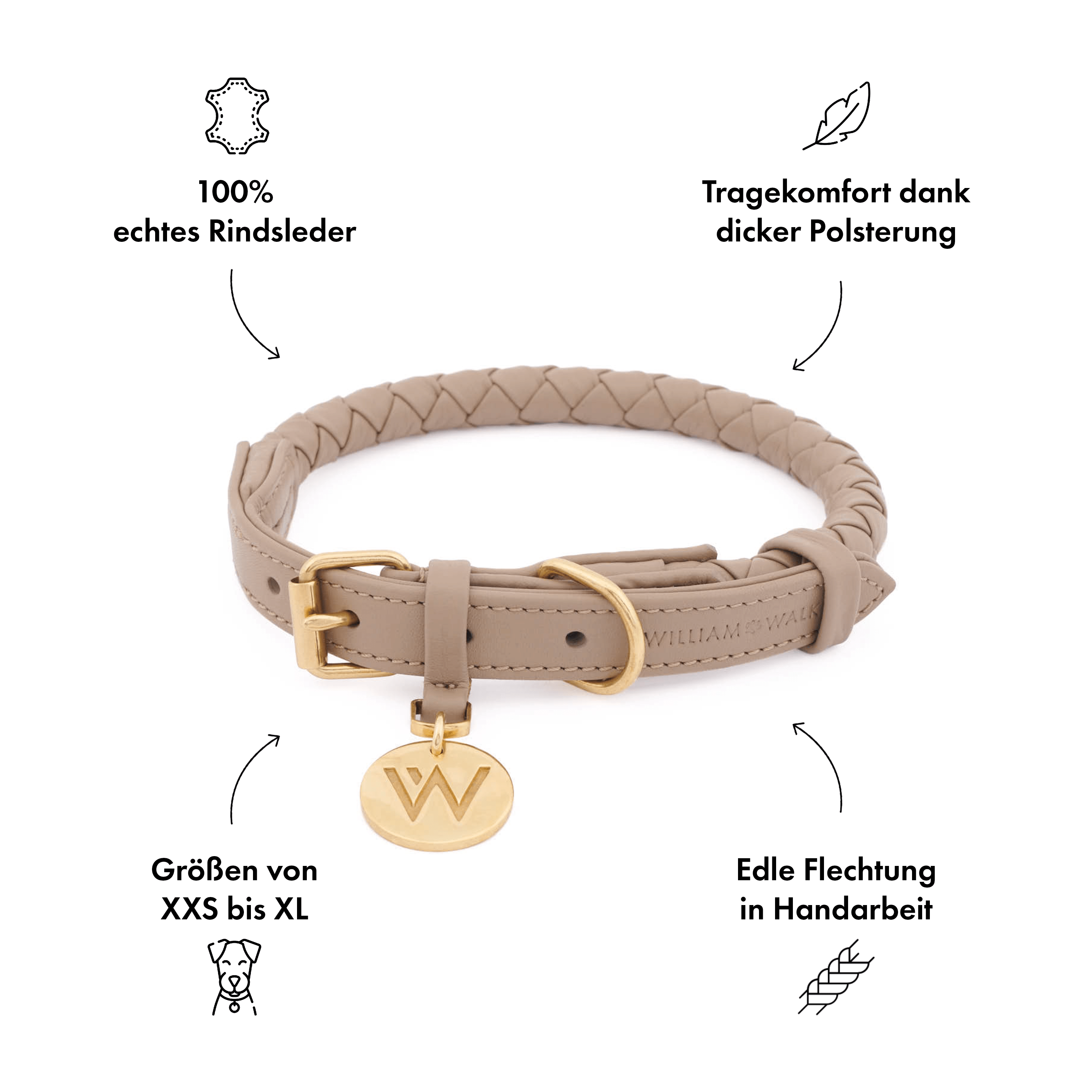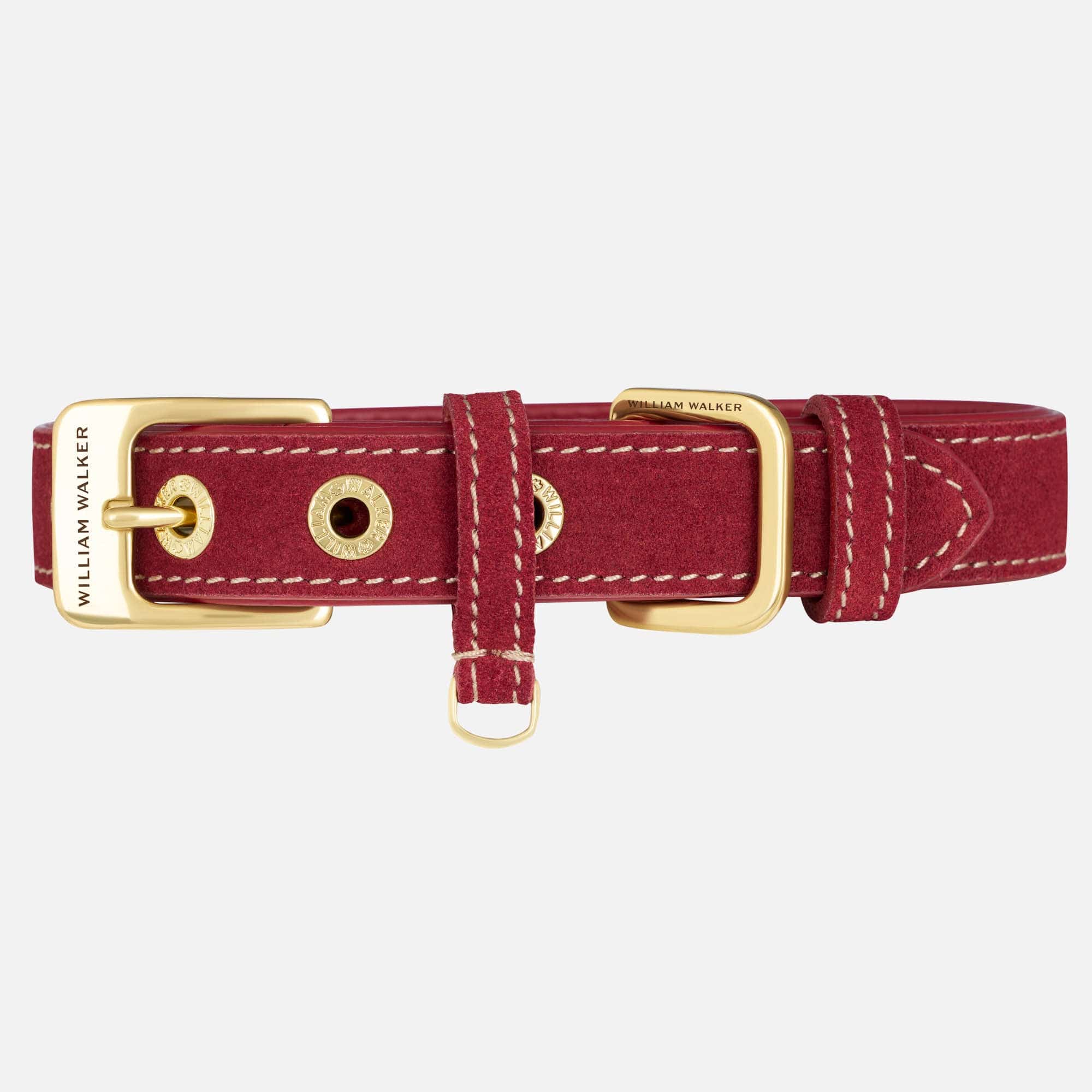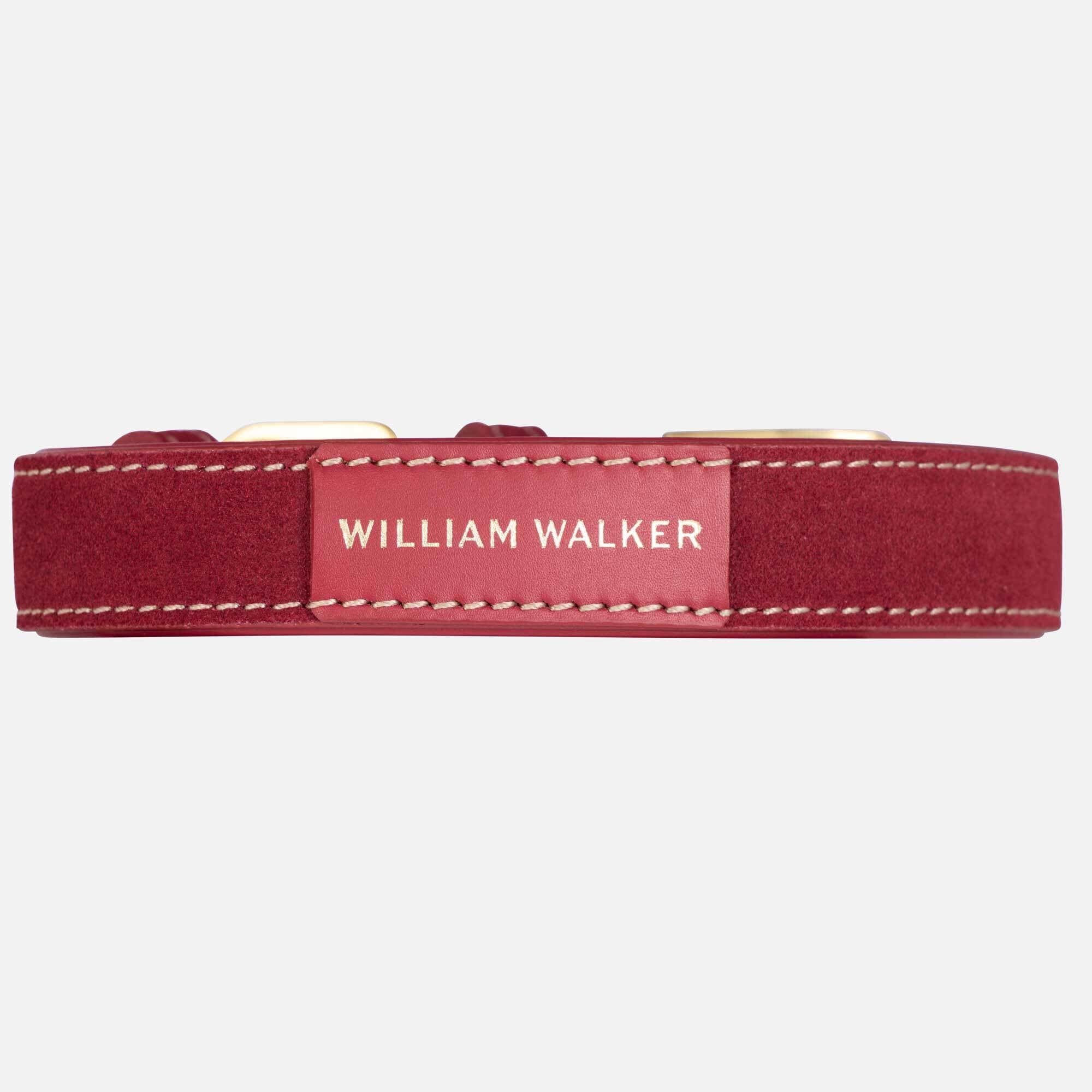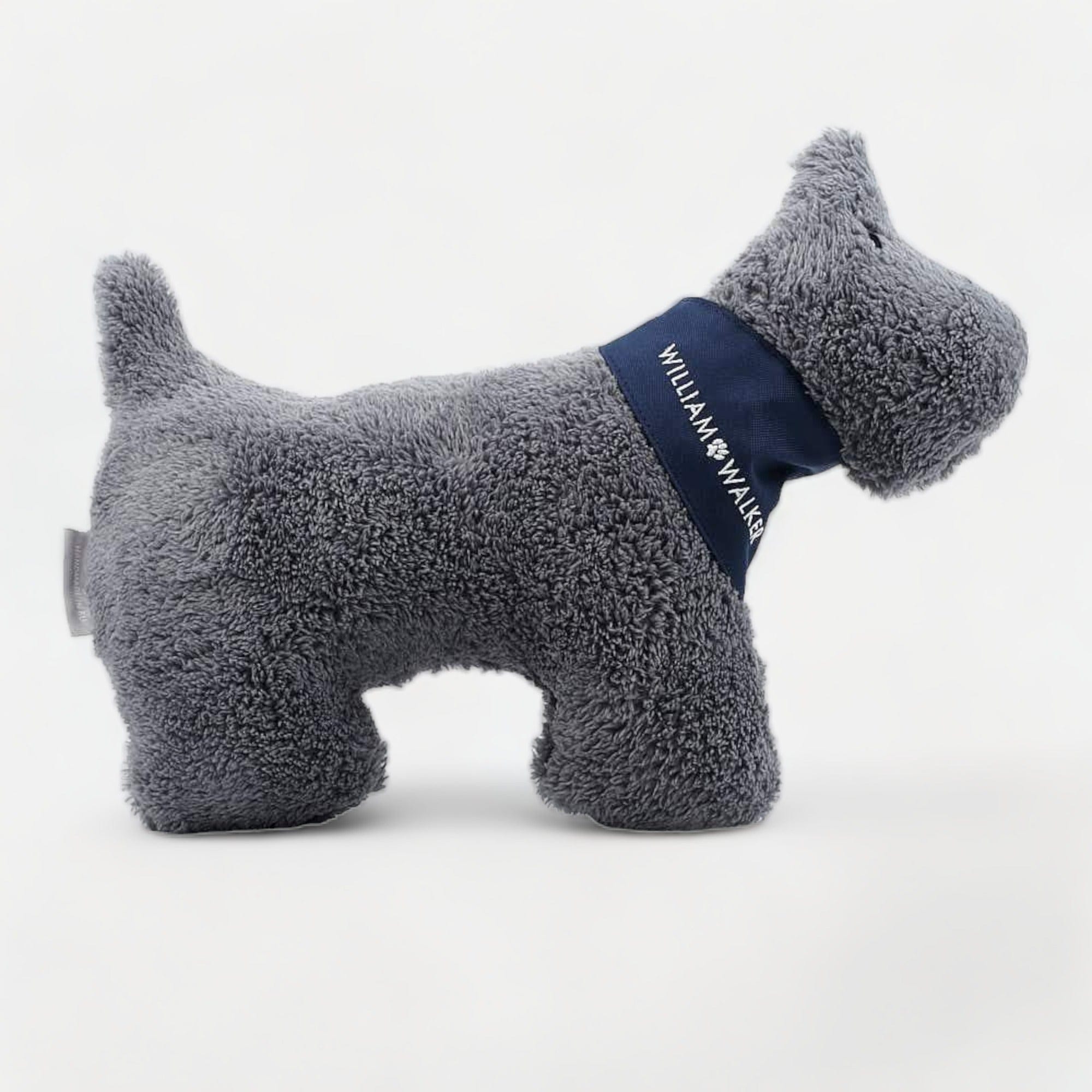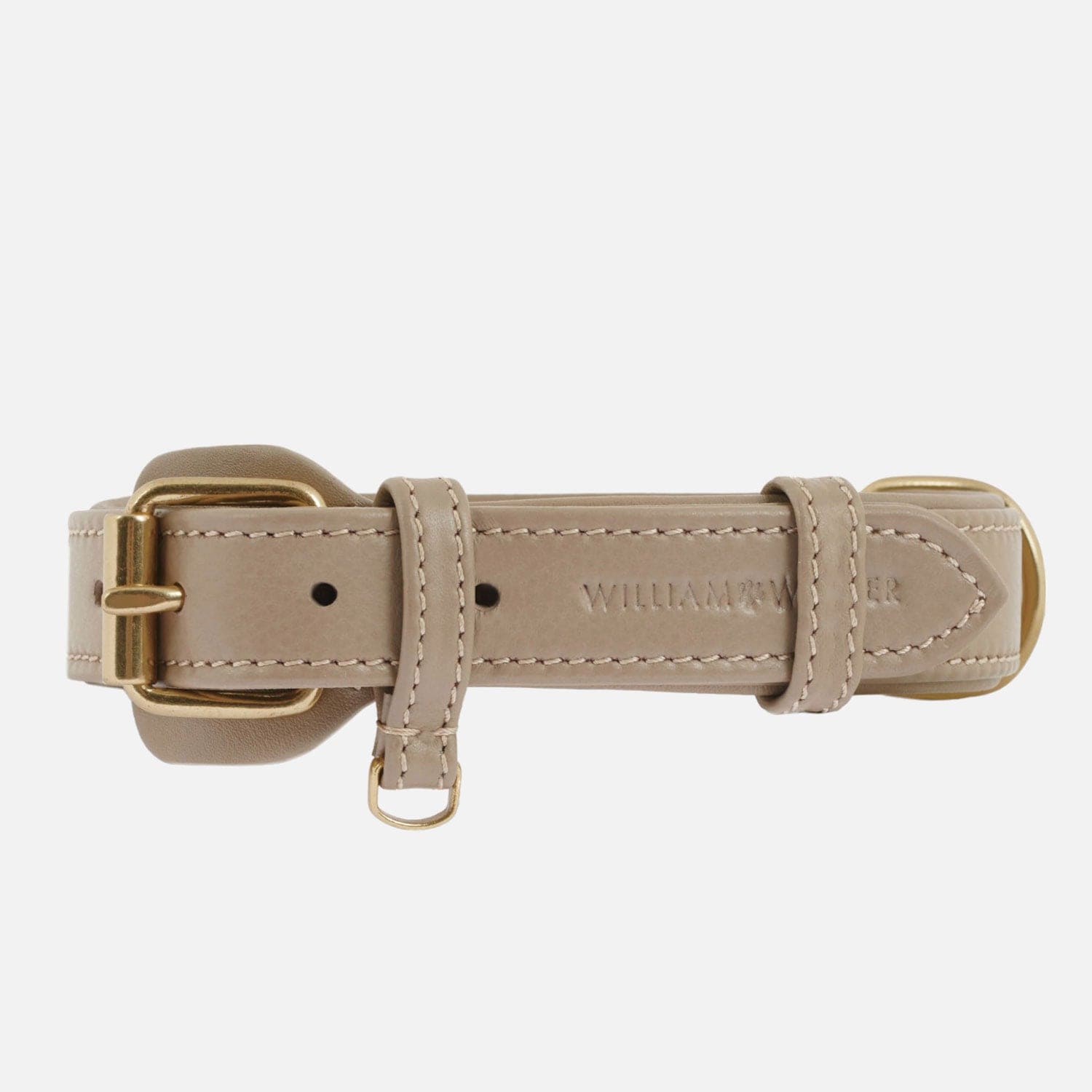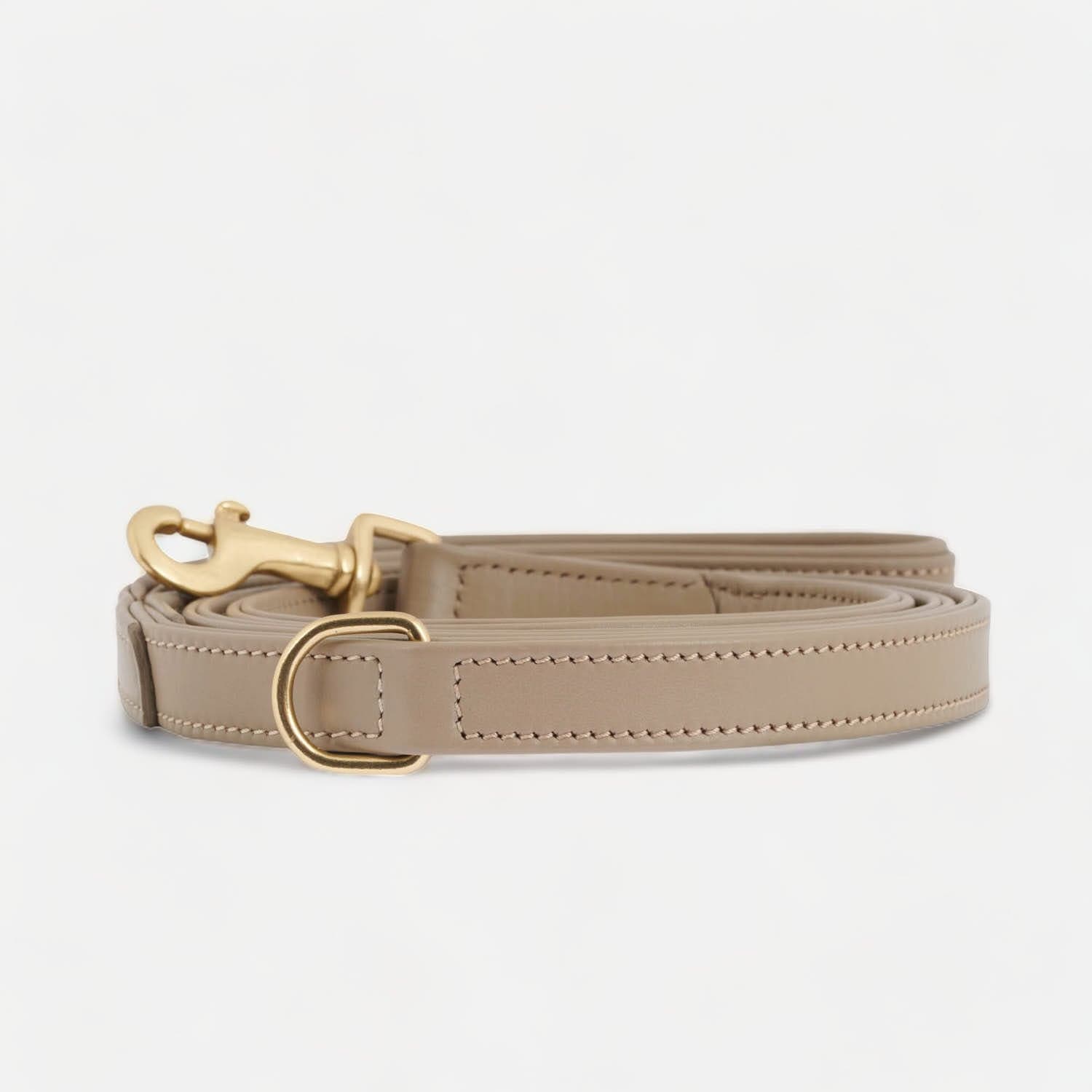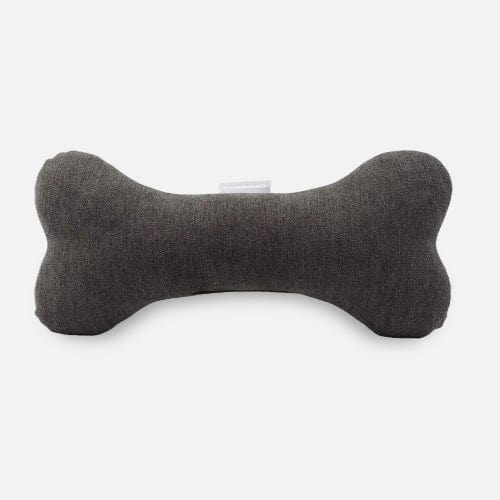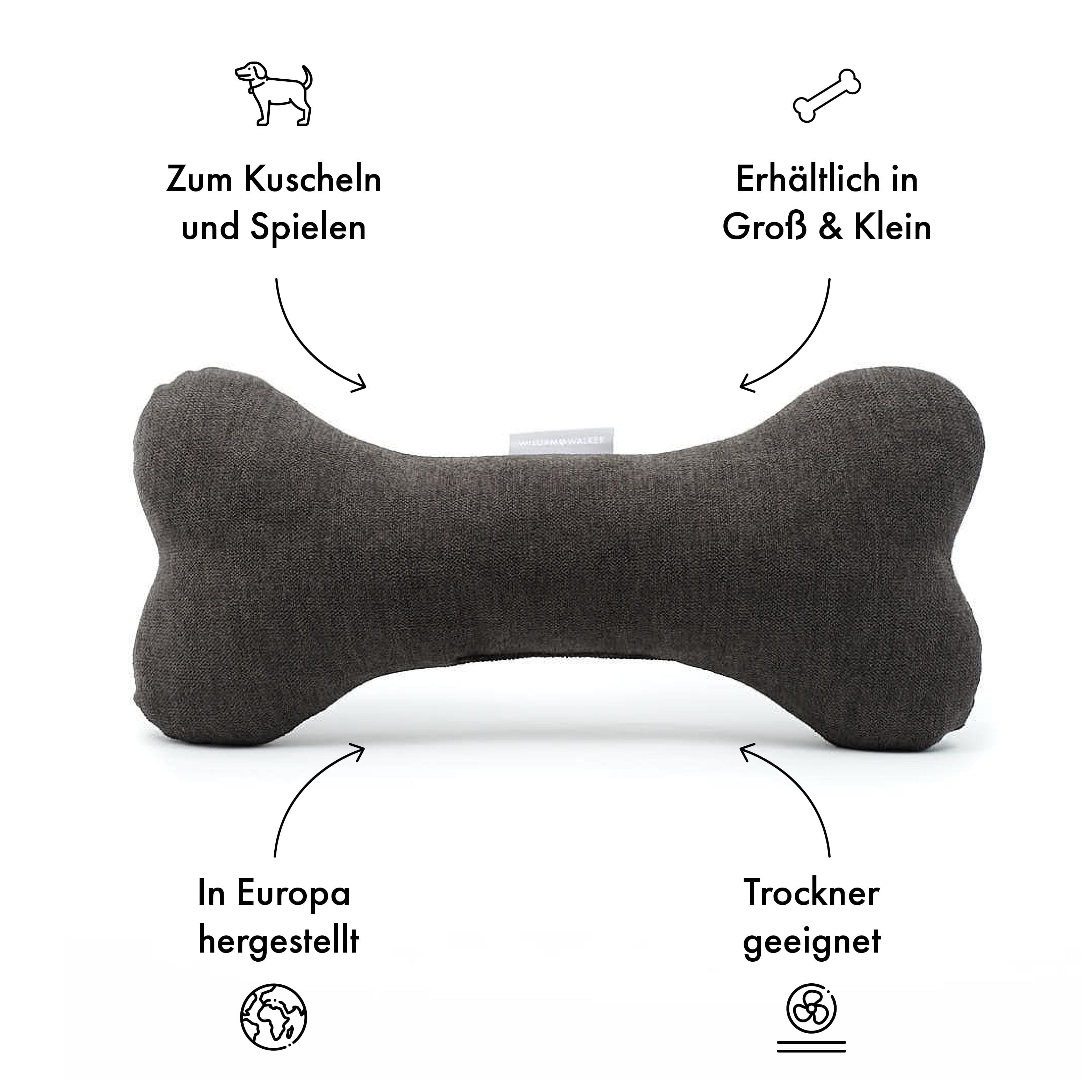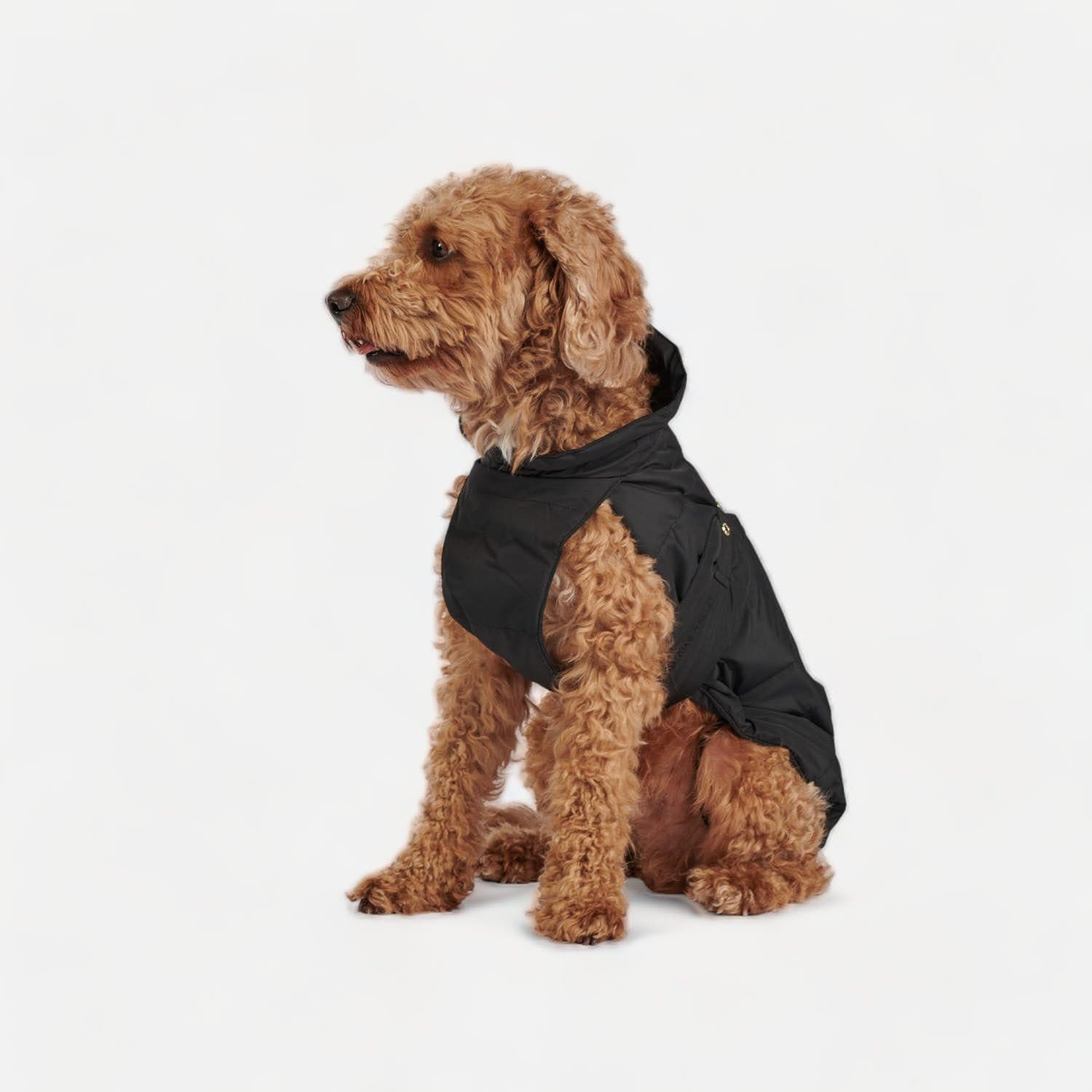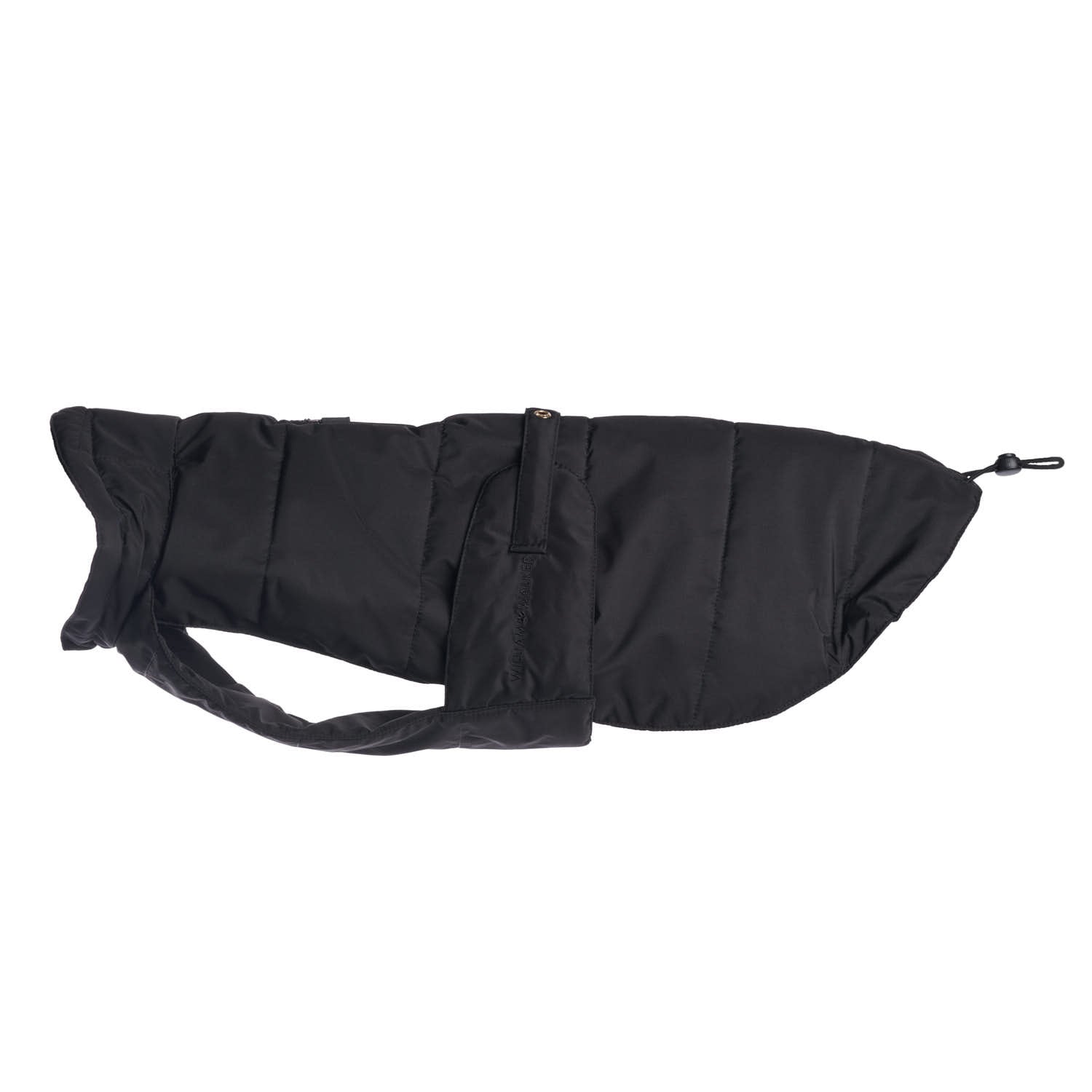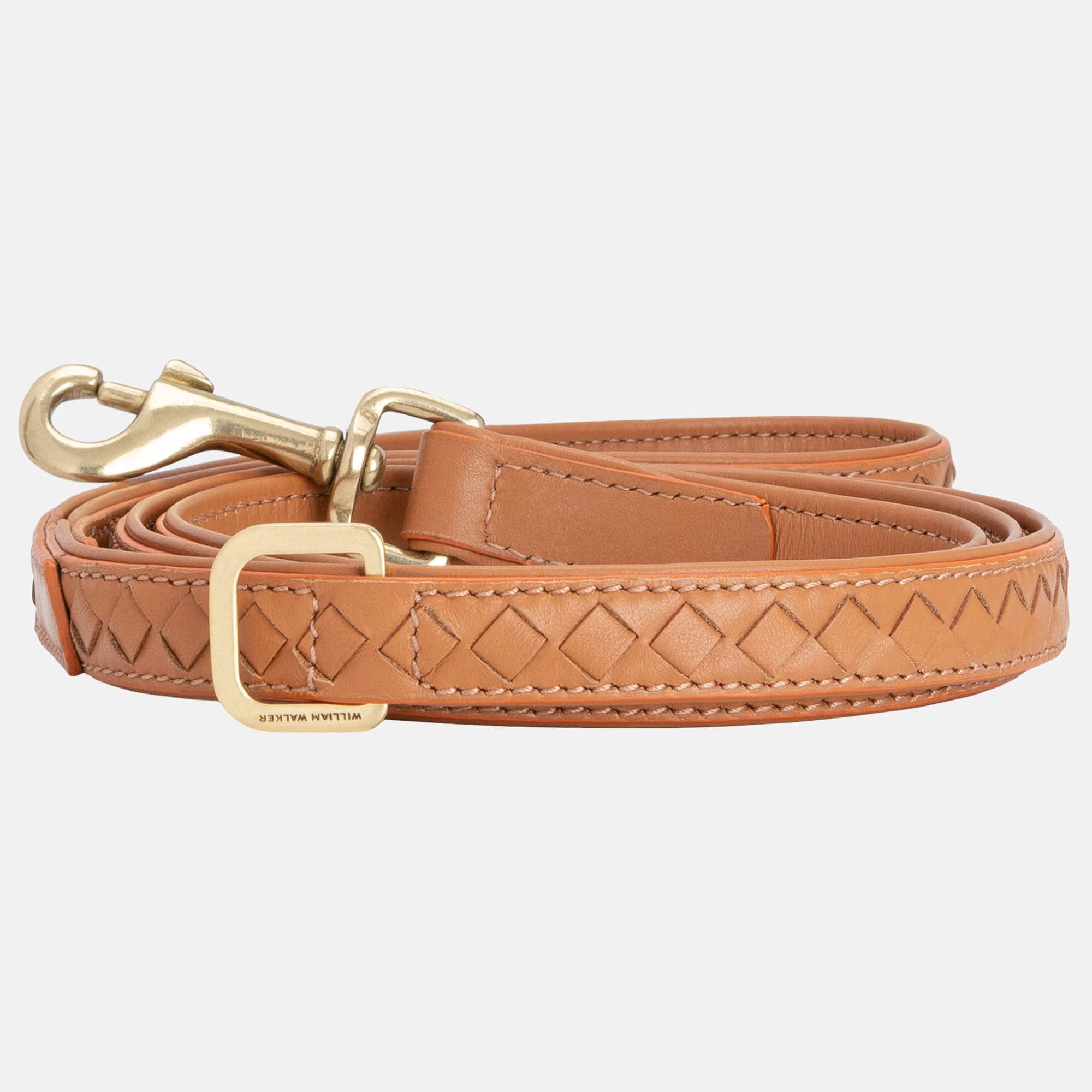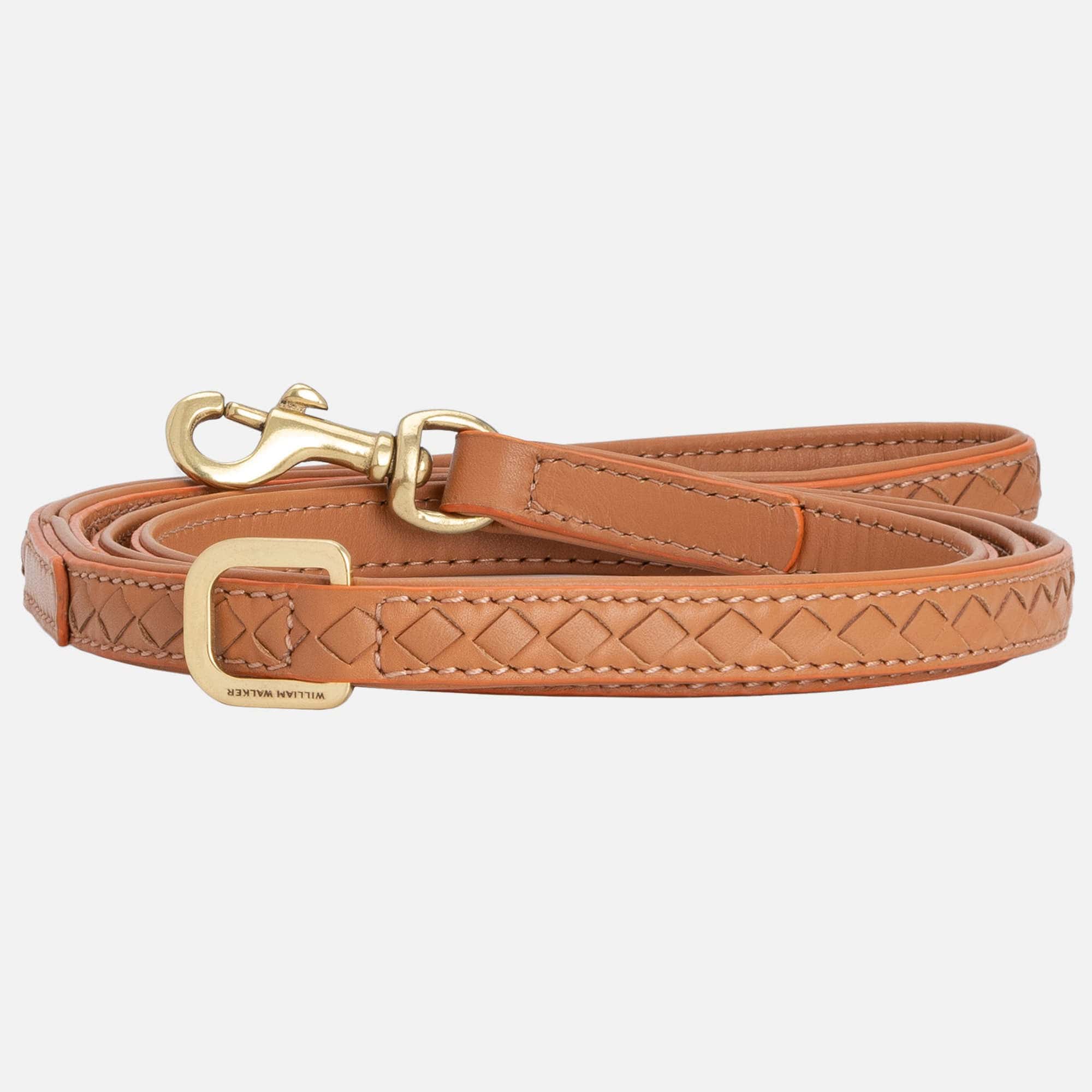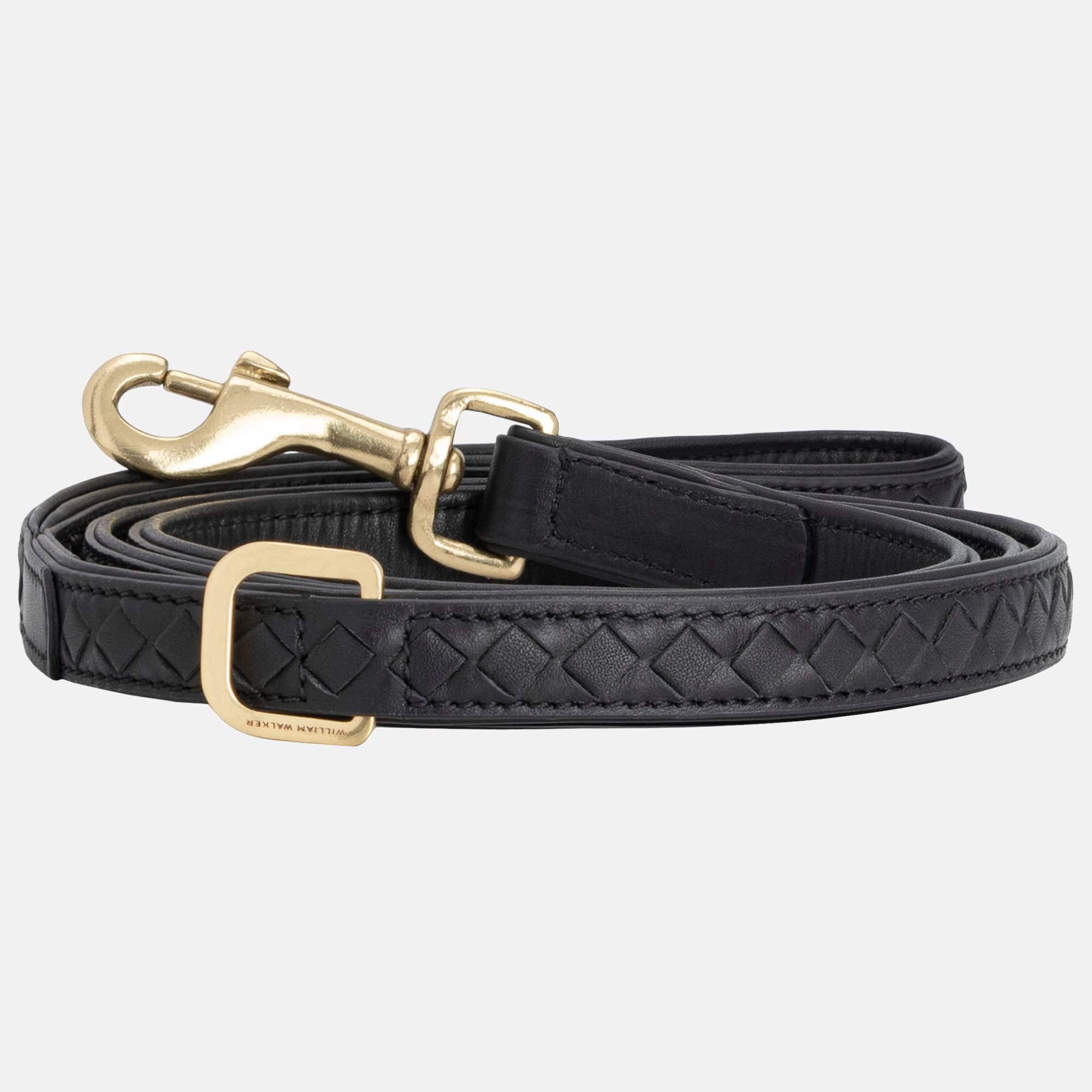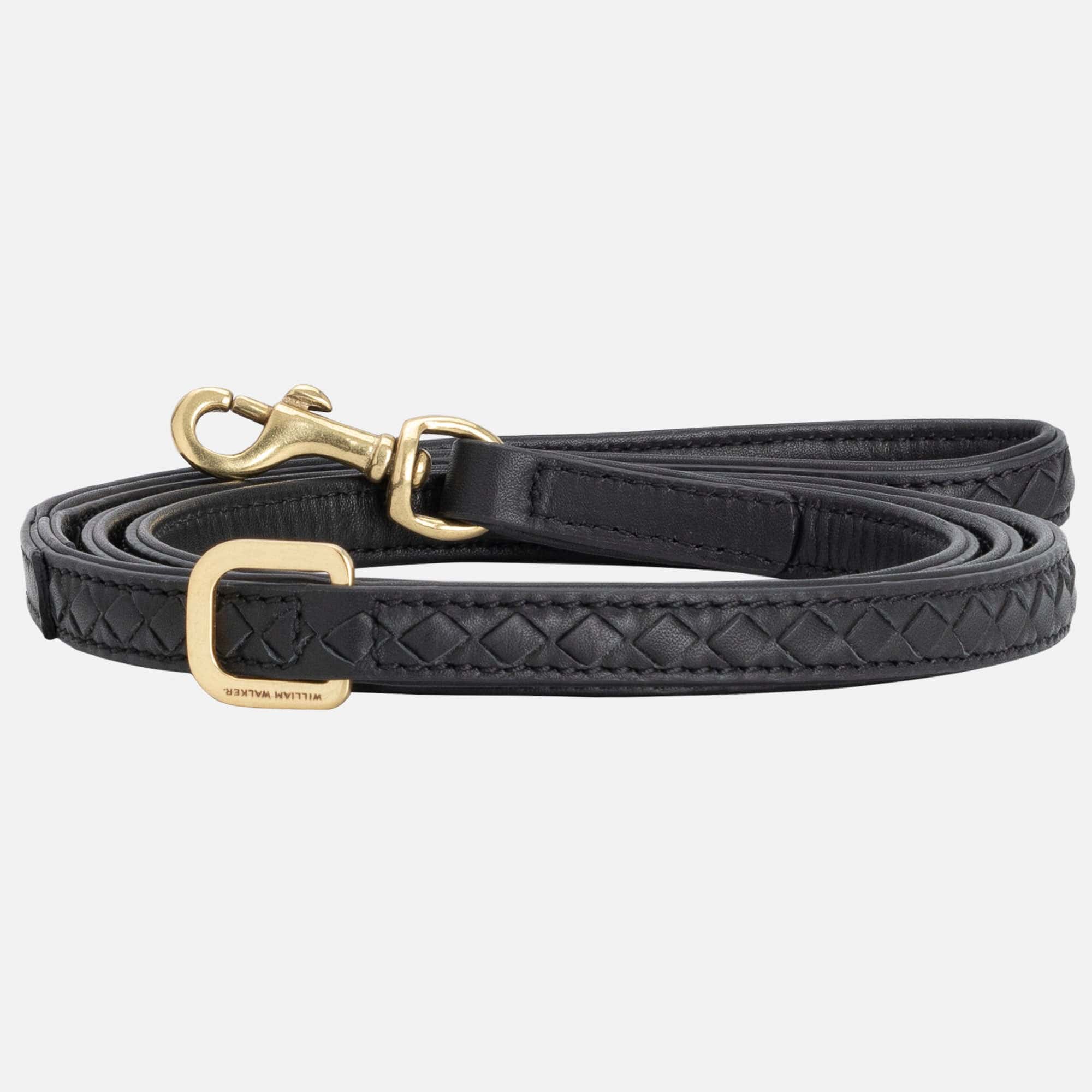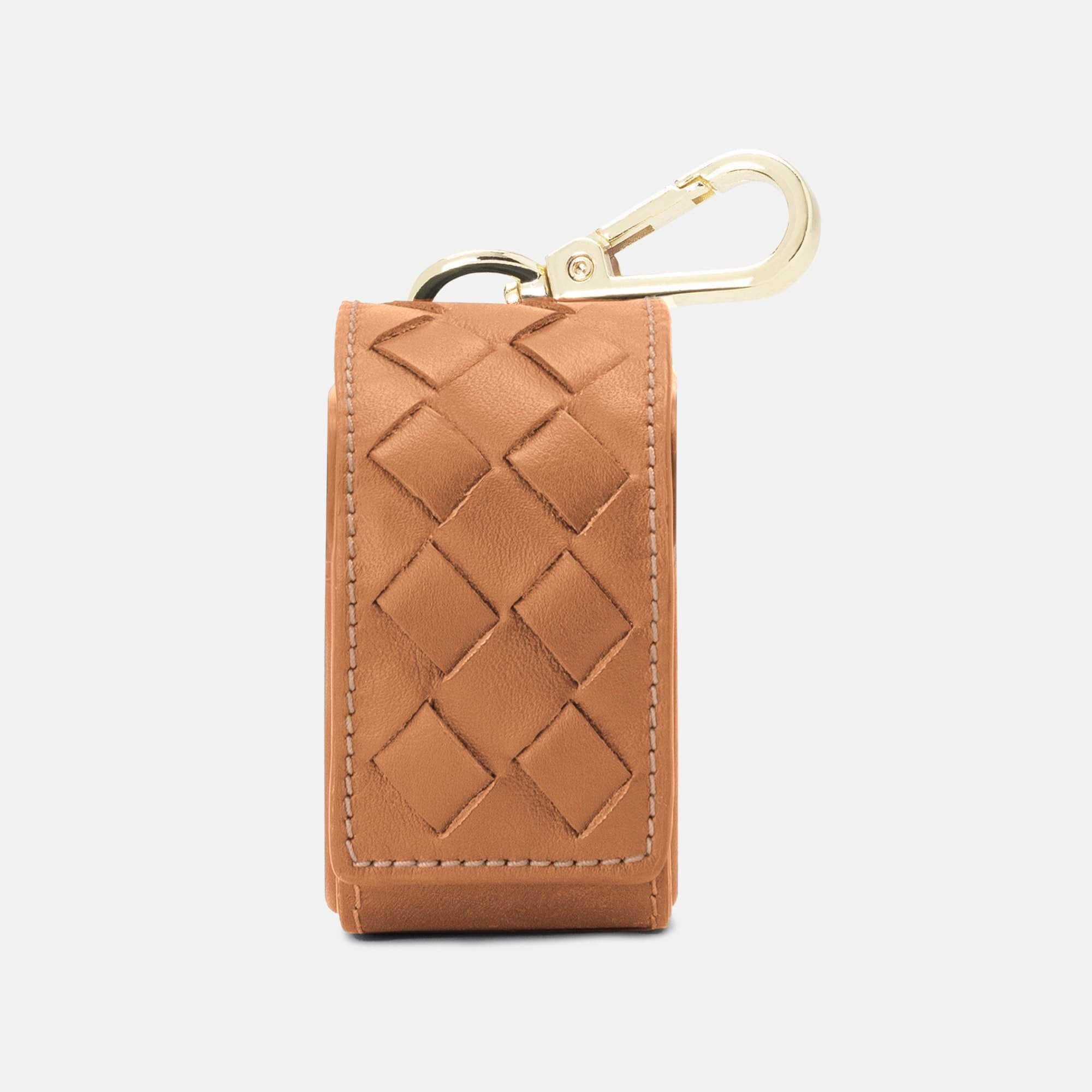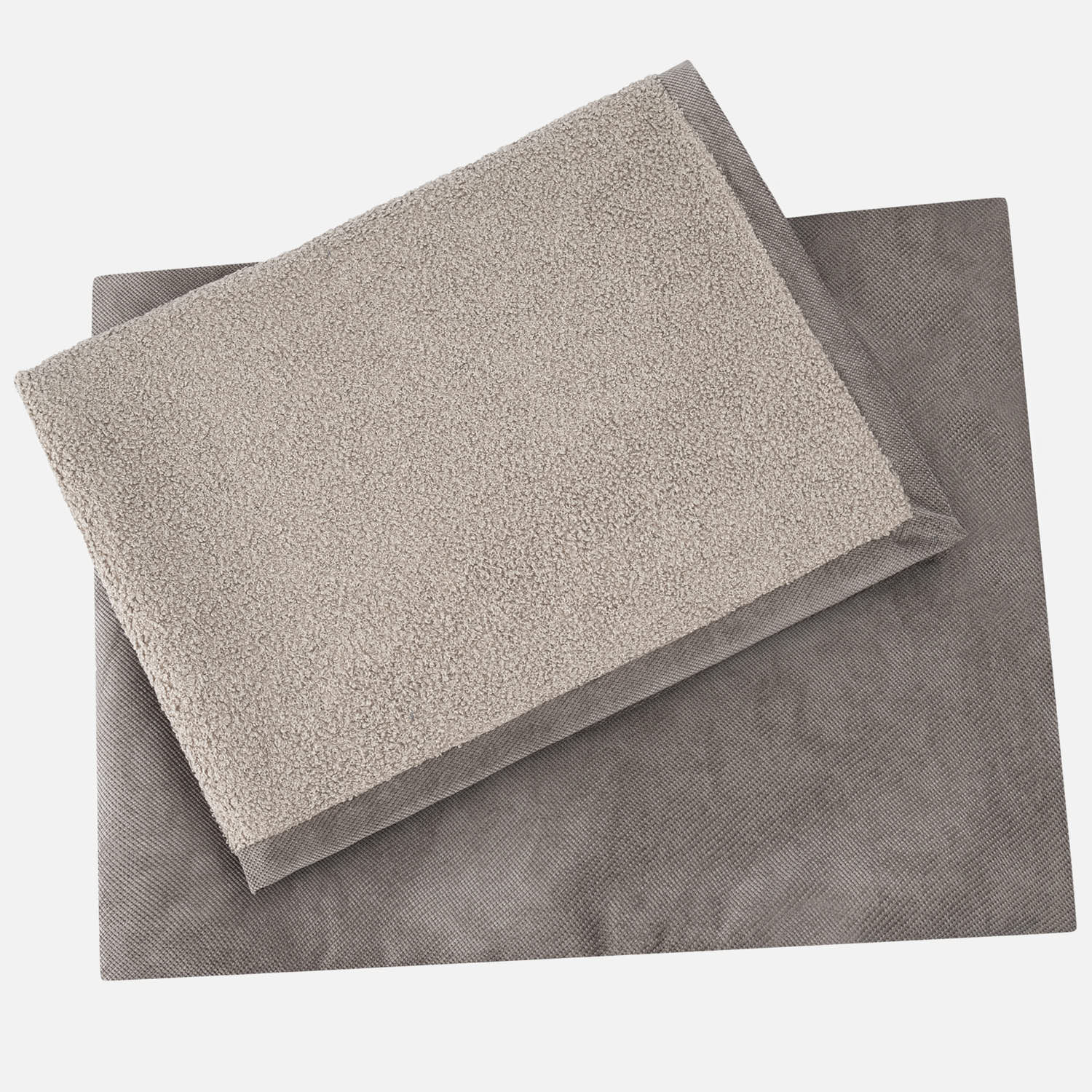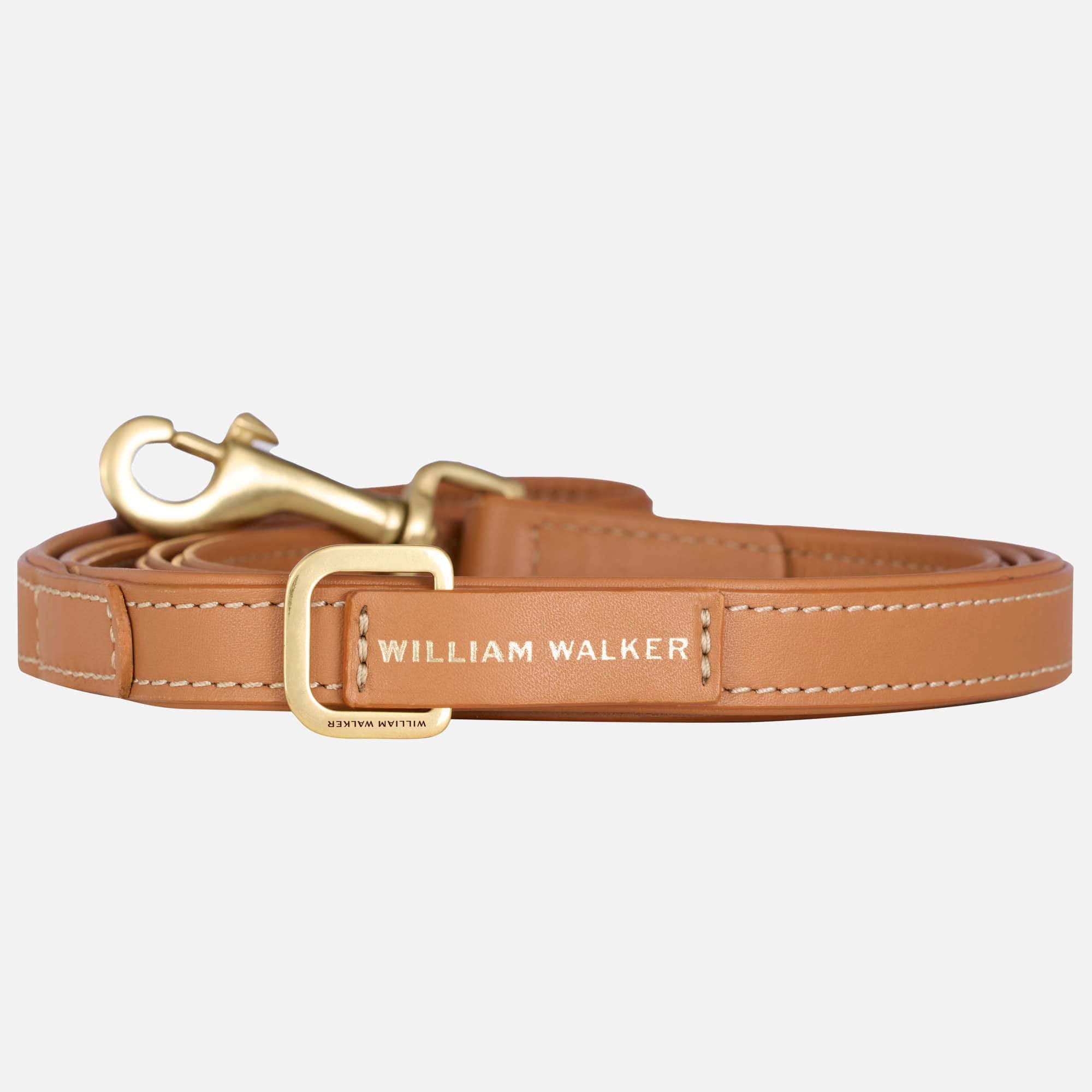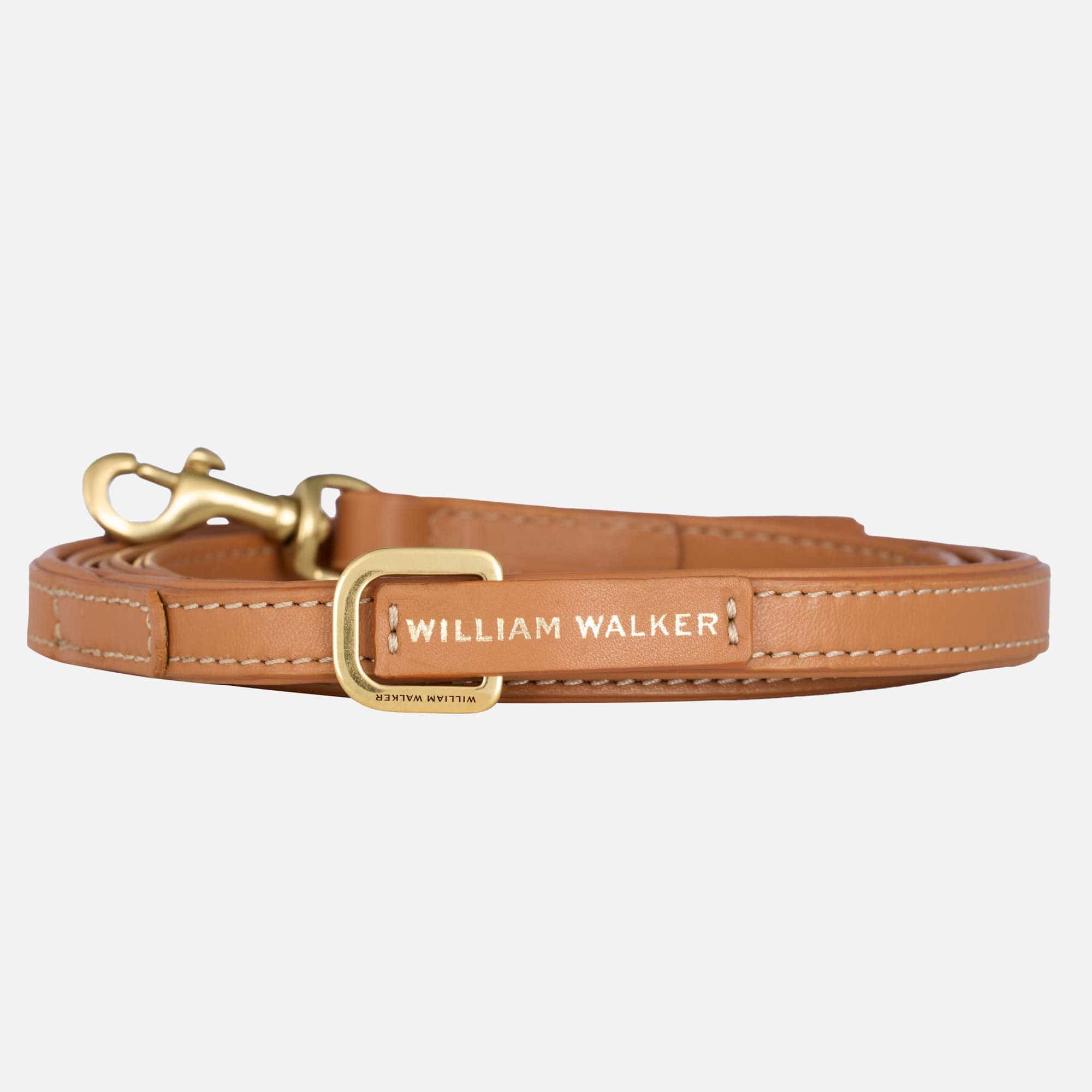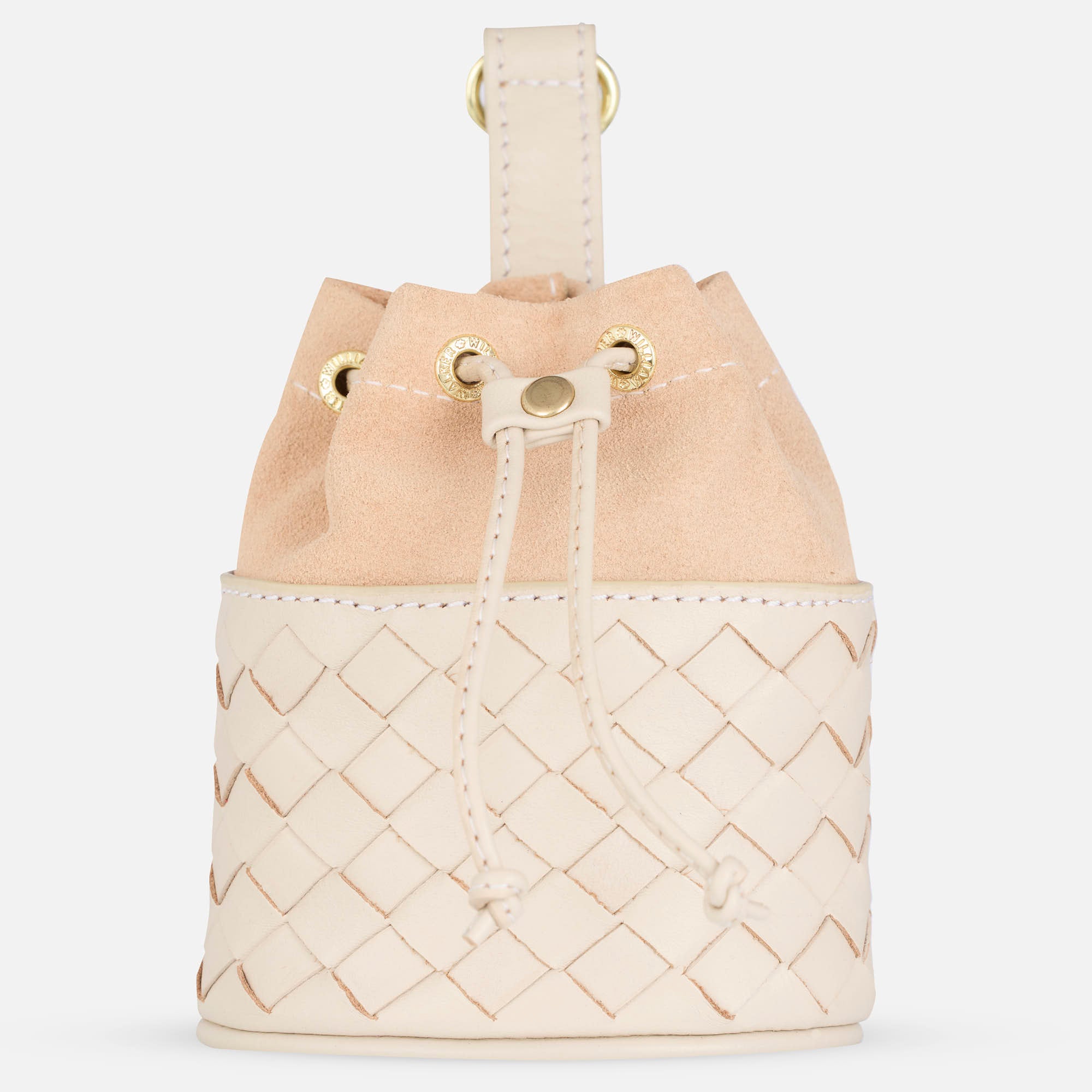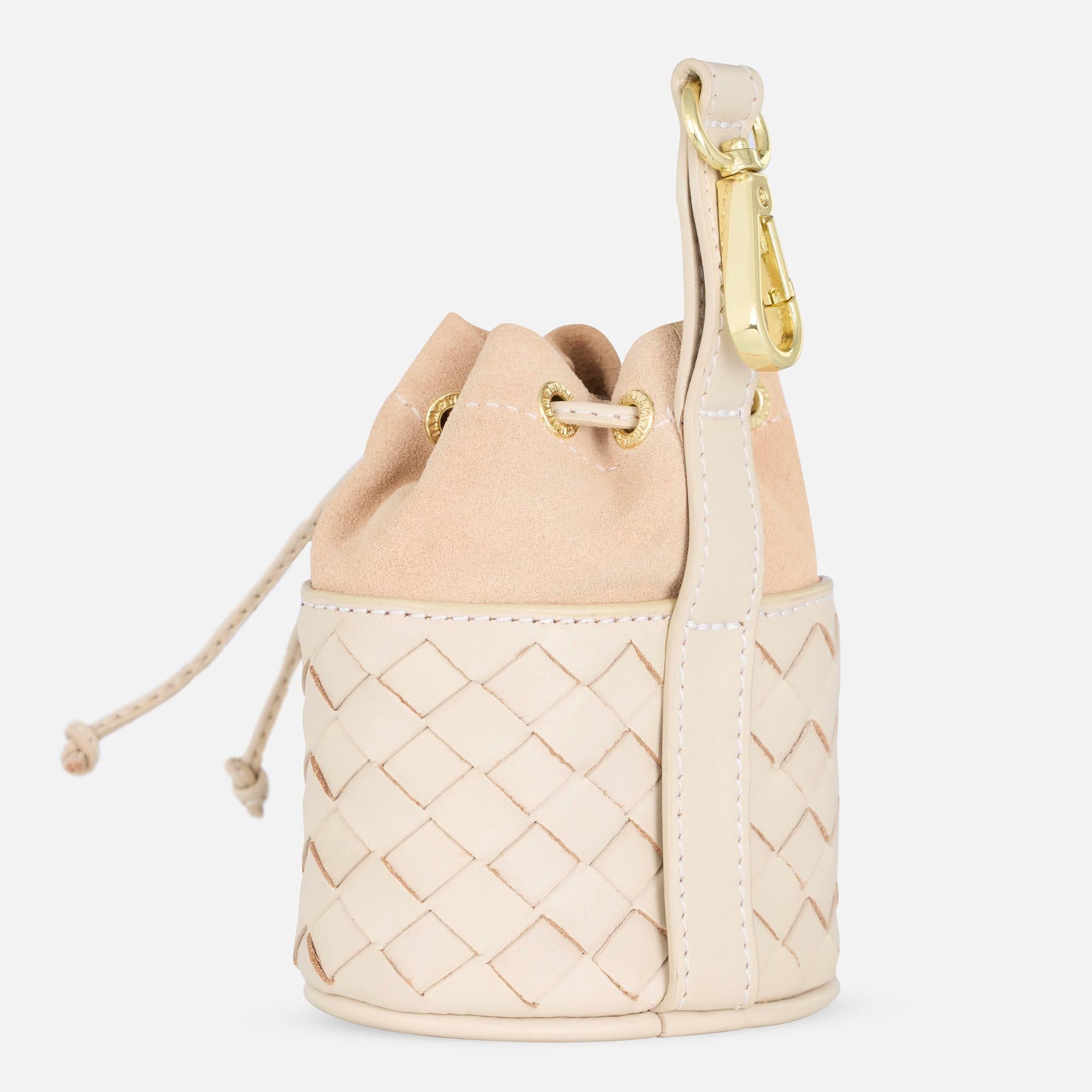What exactly does "dog breed" mean?
A dog breed is a specific and distinguishable breeding of a domestic dog. The Fédération Cynologique Internationale (FCI) currently has about 370 different dog breeds listed and thus recognized. The cynological umbrella organization assigns the dog breeds to different groups and sections based on their appearance and nature. There are 10 FCI groups, including, among others, FCI Group 1: Herding Dogs & Cattle Dogs or FCI Group 3: Terriers.
The choice of dog breed - which dog suits me?
To deal with the different dog breeds is crucial for us humans especially when we want to get a new four-legged friend. Which dog suits me? That is the most important question when buying a dog. It does not always have to be a purebred puppy, because even in the case of mixed breeds from the shelter, the various breed combinations give us information about whether the dog will be very large, for example, or possibly has a hunting instinct. However, not only the breed and its characteristics determine the development and behavior of the four-legged friend, but also the education and socialization.
The beagle - a bright family dog with a detection nose

- Weight: 10-18 kg
- Height(Shoulder): 33-41 cm Ø
- Life expectancy: 11-15 Years
- Fur Color: brown/white/black spotted/ tricolor
- Breed assignment: FCI Group 6 - Running dogs, bloodhounds and related breeds
History: Beagles were originally bred for hunting, mainly rabbit hunting. They were often taken in large numbers to hunt in whole "beagle packs". Their breeding dates back to the so-called Hubertus Hound or Northern Hound, introduced to England by the Normans when they conquered Britain around 1066. It was later bred to the Southern Hound and has been officially recognized by the FCI as an independent dog breed since 1890. The Beagle has come to sad fame through its abuse in cruel animal experiments.
Character/Nature:
Who does not know him? The most famous beagle of all - Snoopy. As a cartoon character from "The Peanuts" Snoopy meets some clichés of the smart and somewhat greedy beagle. Overflowing trash cans, discarded food or, unfortunately, poison bait thus pose a huge danger to the cute beagle on her daily walk. That is why you actually often see them with a food guard or muzzle. The peaceful and very rarely aggressive Beagles are in fact not a danger to others, but rather to themselves. However, while Snoopy is rather lazy and a bit cerebral, his real-life peers are rather bright, eager to run, curious, and have a deep-seated hunting instinct anchored in them. If the fine nose picks up a scent, the recall from master/mistress is readily overheard. The Beagle is a lovable and sociable dog - ideal for life in a large family with children.
Education and Training:
The education should be consistent and intensive, because the Beagle is self-confident, clever and also somewhat stubborn. Patience, some dog experience and assertiveness are very important when raising a Beagle. Because of his hunting instinct, especially the call and recall should be correct.
Life and living:
Due to its somewhat smaller stature, the Beagle can be kept in smaller apartments without any problems. Crucial for him are many walks with a lot of exercise, because Beagles must and want to be properly moved and challenged. He wants to run, sniff and explore. Slow bike rides are a treat for the Beagle. At home he can be wonderfully occupied with intelligence games. Company is very important to him and also intensive cuddling and stroking should not be missing with the cute fur noses.
Fashion:
Excellent to a Beagel fits our set of the Nobile Nero Collection of collar and leash. Also the colors Lambrusco or Midnight from the William Walker Suede Collection fit ideally to the tricolor Beagle fur. With a neck size of about 43cm he needs size M. A GPS tracker can also be attached to the metal rings on the collar, which is essential for most beagle owners.
From Louisa Knoll



























